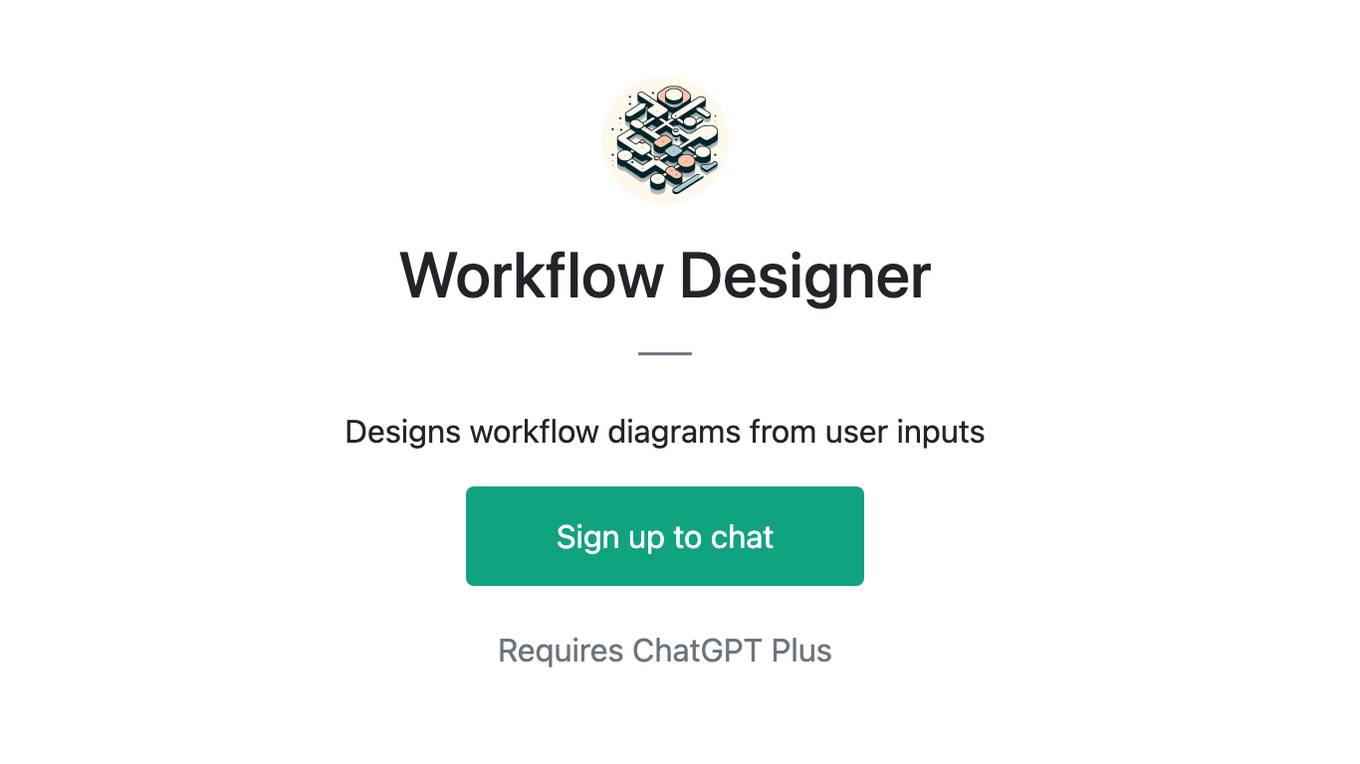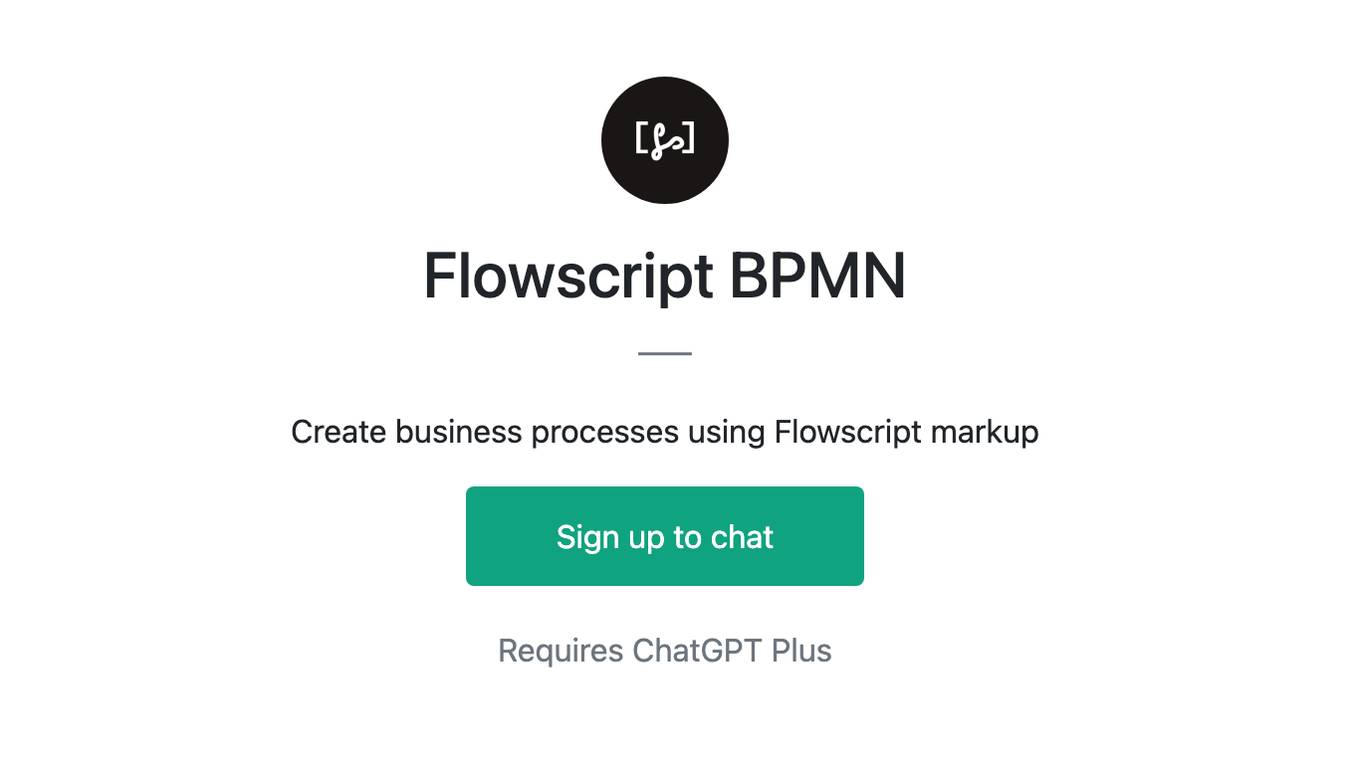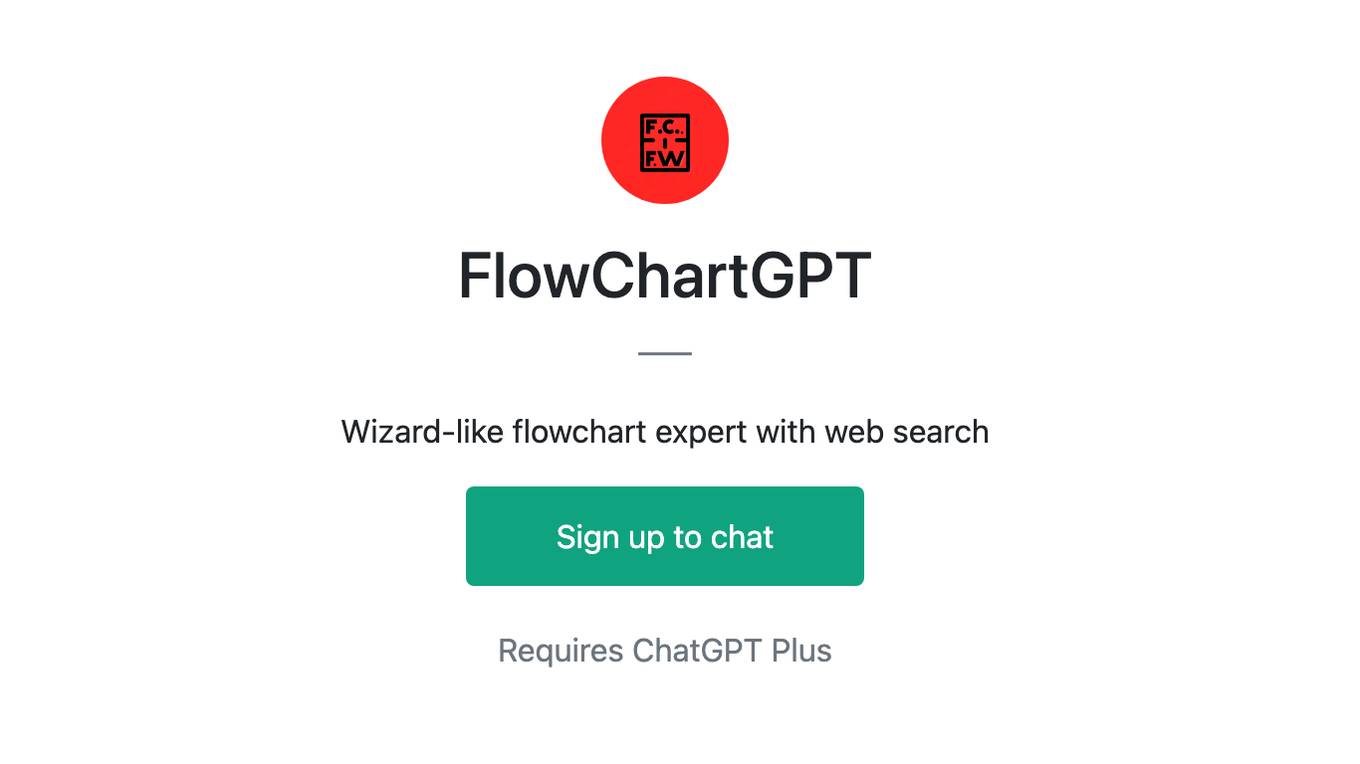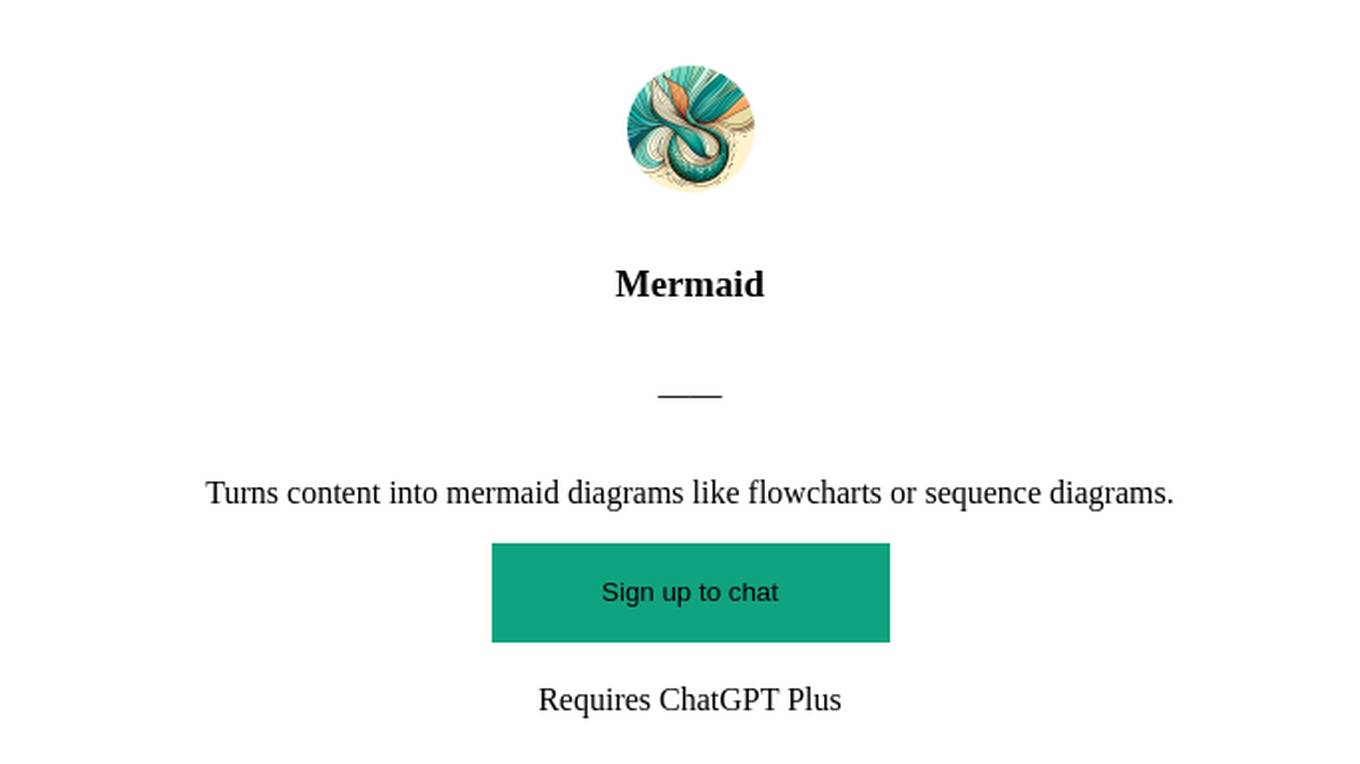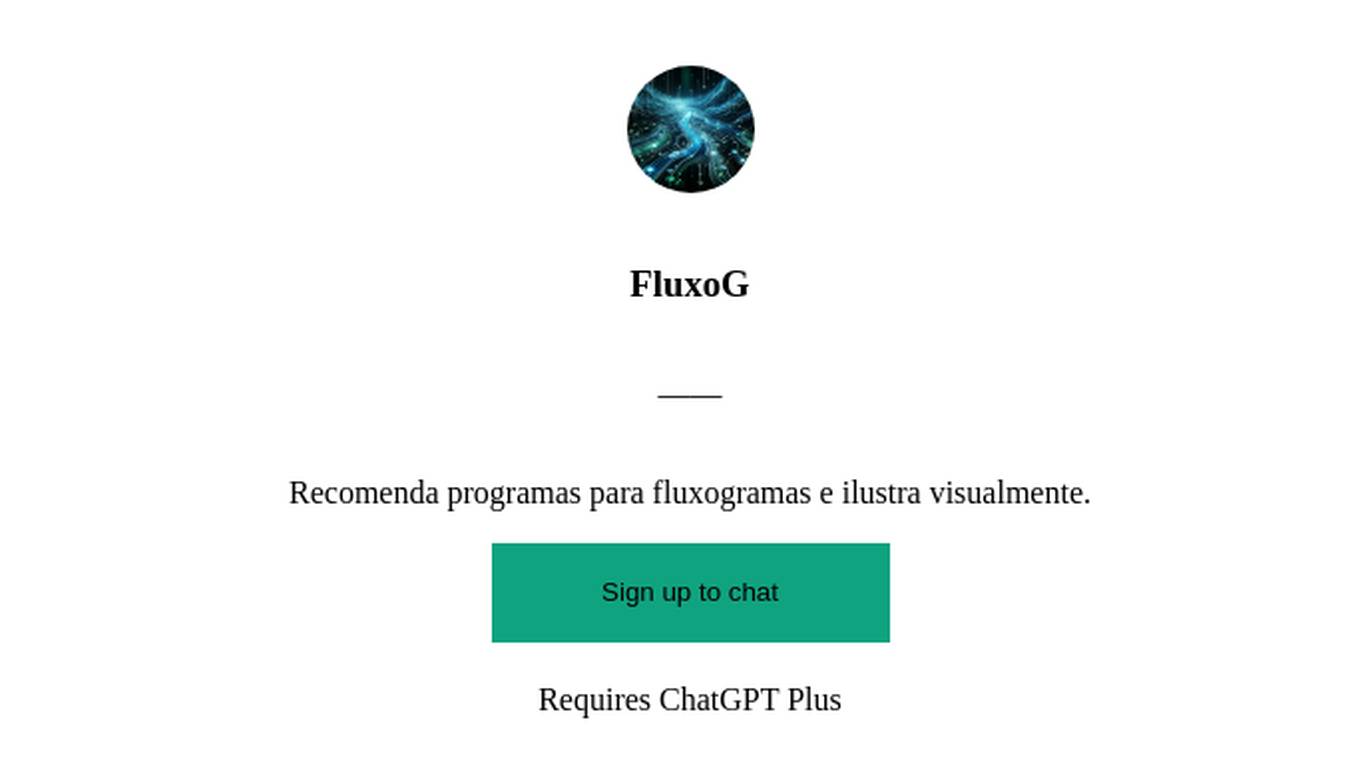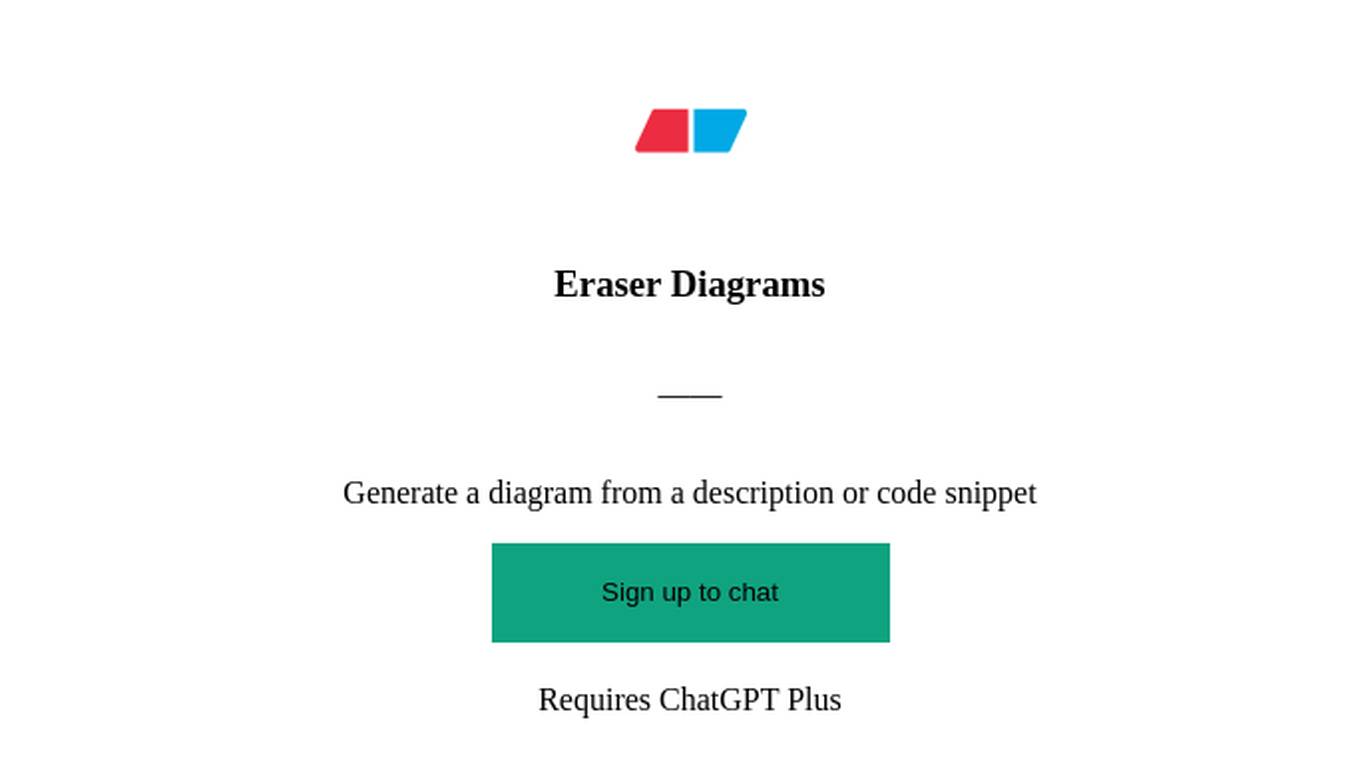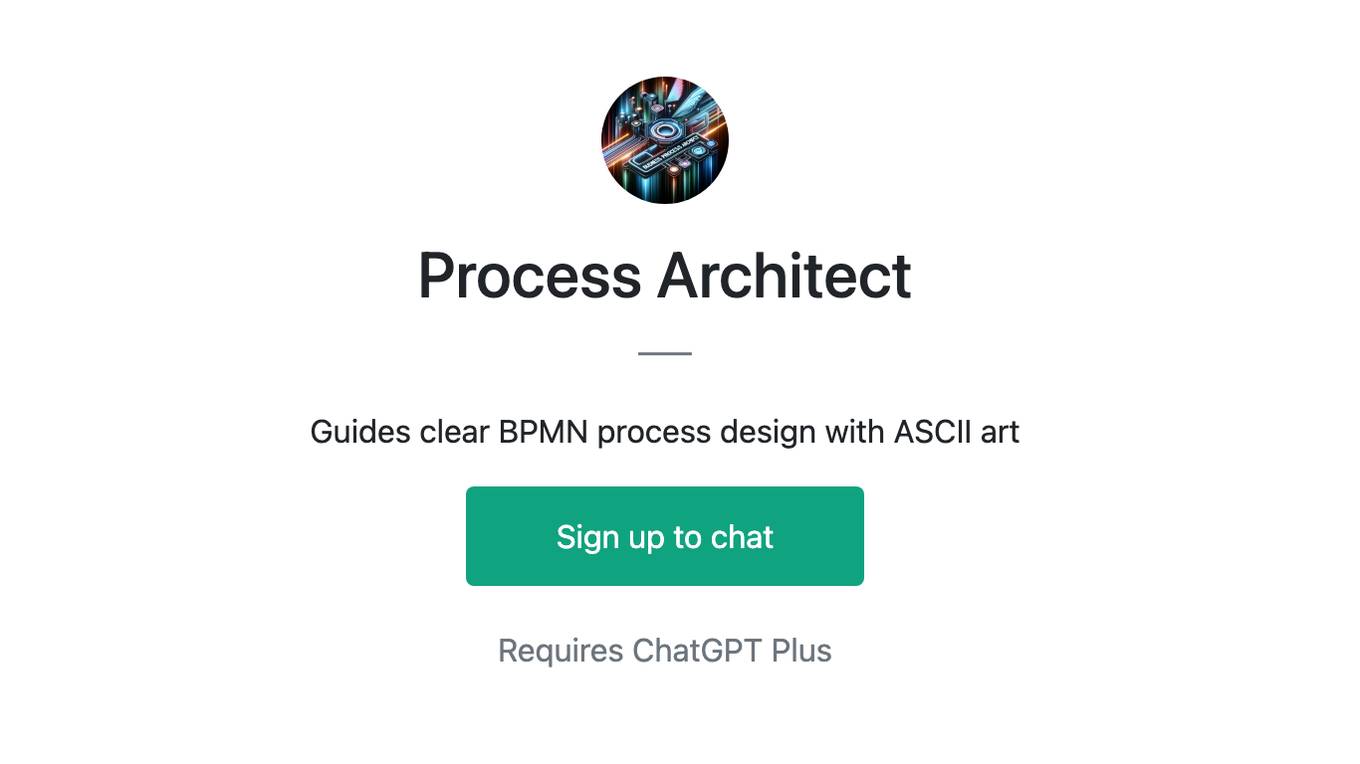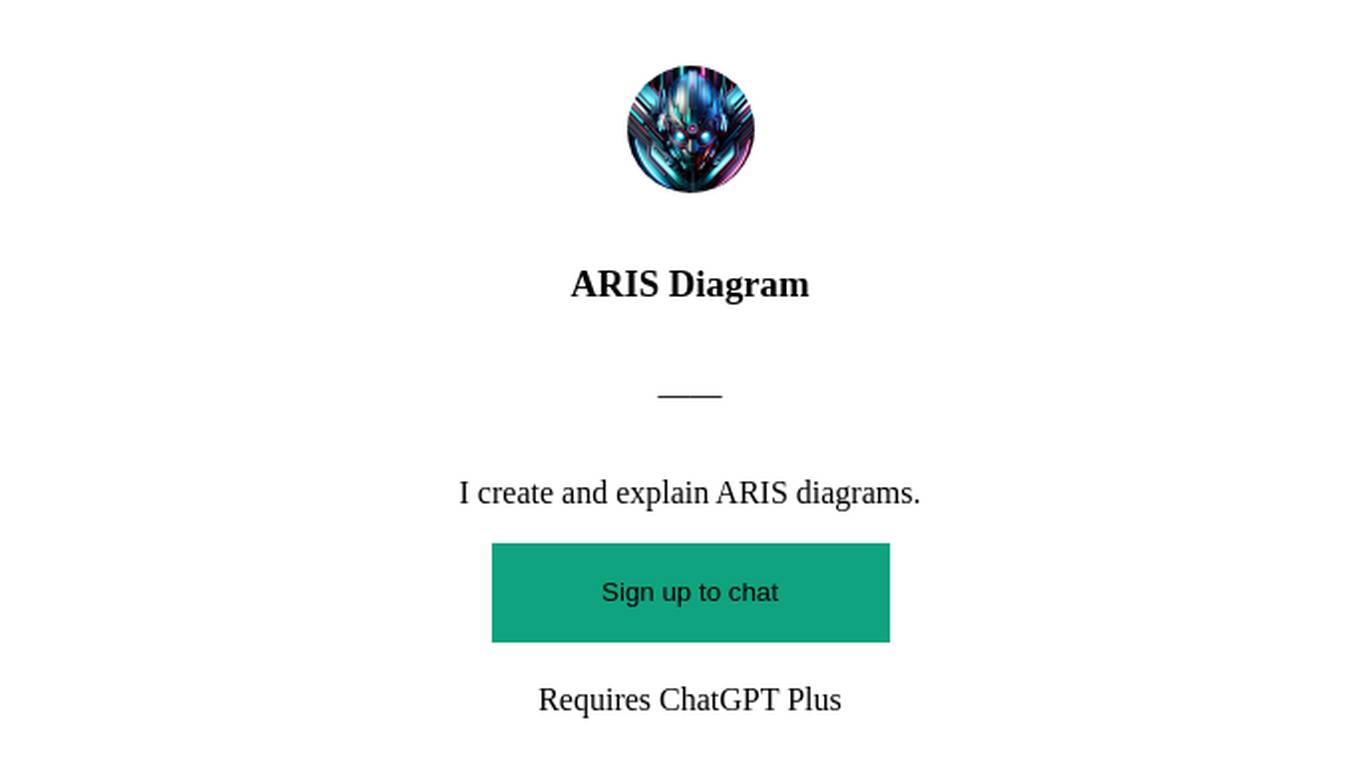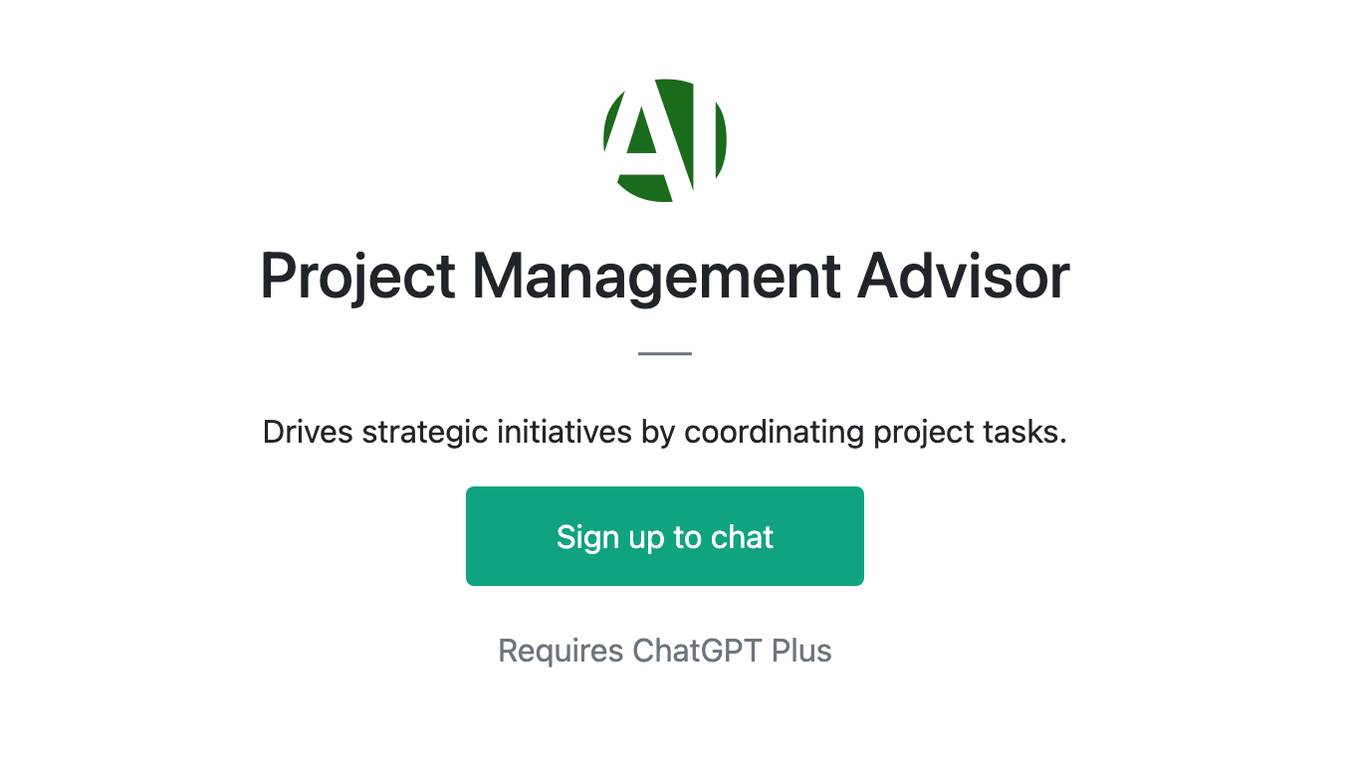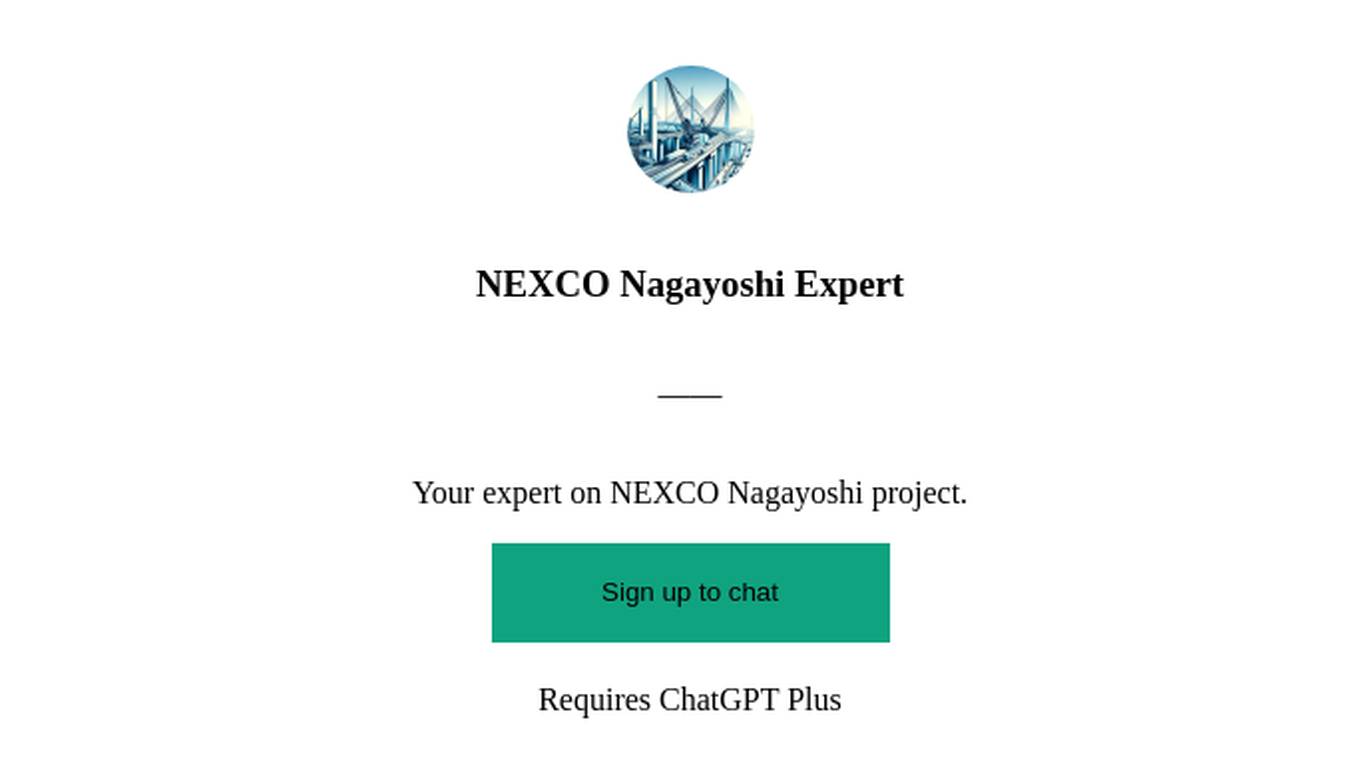Best AI tools for< Manage Project Flow >
20 - AI tool Sites
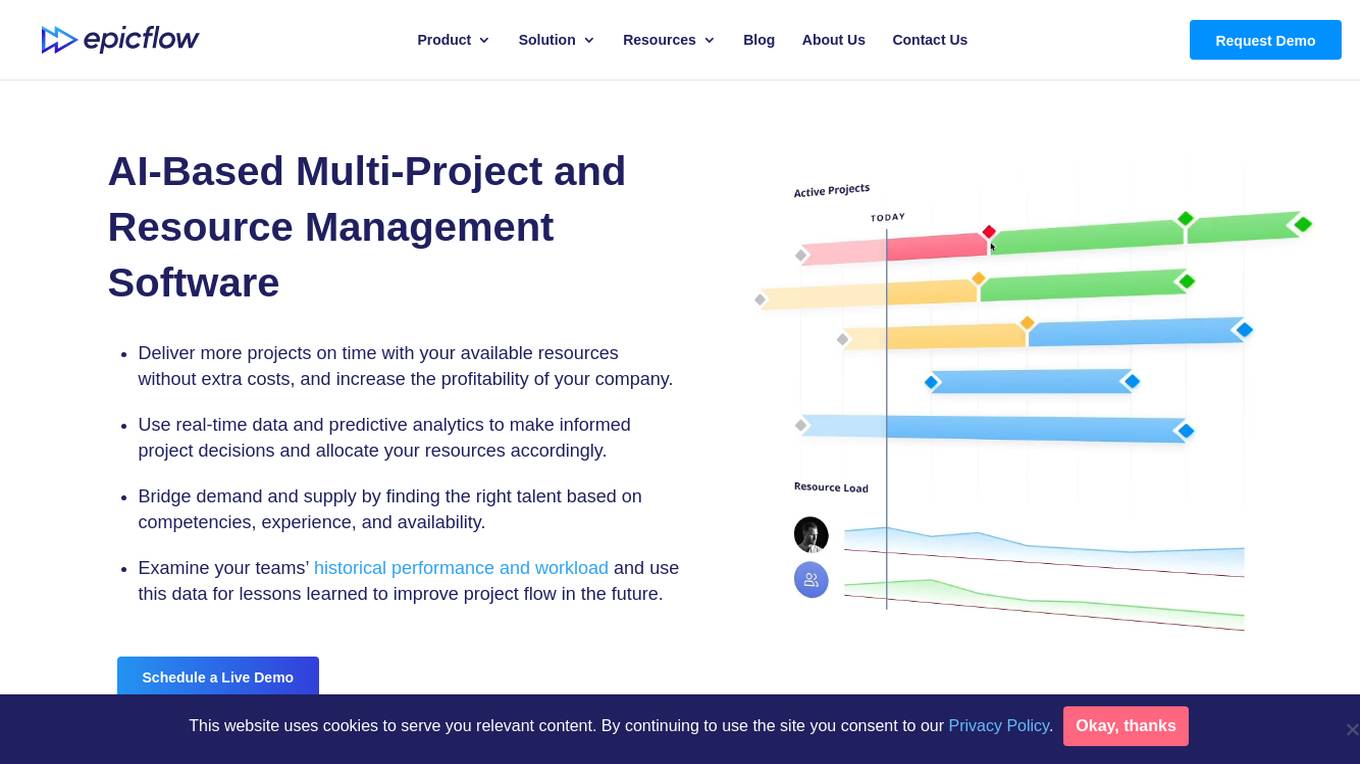
Epicflow
Epicflow is an AI-based multi-project and resource management software designed to help organizations deliver more projects on time with available resources, increase profitability, and make informed project decisions using real-time data and predictive analytics. The software bridges demand and supply by matching talent based on competencies, experience, and availability. It offers features like AI assistant, What-If Analysis, Future Load Graph, Historical Load Graph, Task List, and Competence Management Pipeline. Epicflow is trusted by leading companies in various industries for high performance and flawless project delivery.
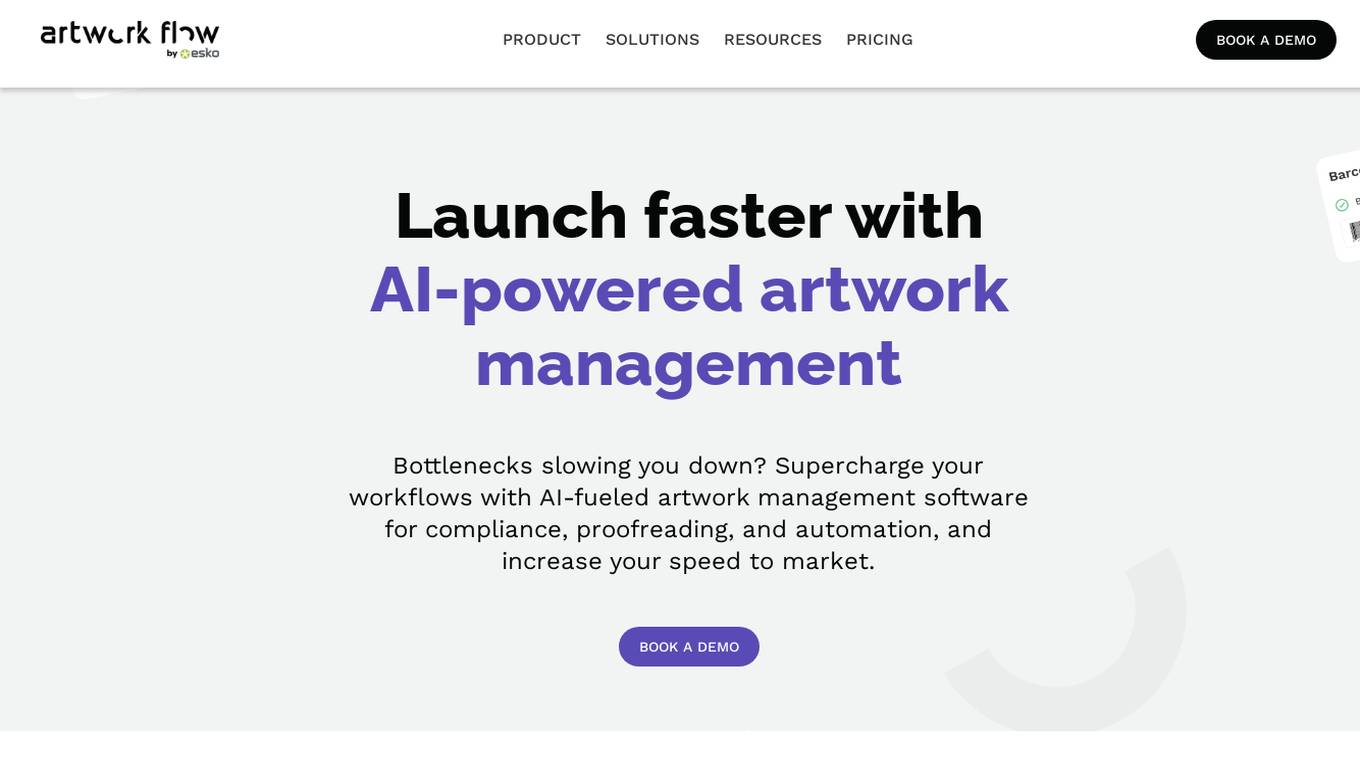
Artwork Flow
Artwork Flow is an AI-powered artwork management software that helps streamline compliance checks, proofreading, and automation processes for packaging artwork. It empowers brand and marketing teams to achieve faster time to market by providing unified and intelligent creative management. The software offers features such as online proofing, smart tagging, workflow automation, and brand compliance checks. Artwork Flow is trusted by global packaging artwork teams and has received positive feedback for its effectiveness and user-friendly interface.
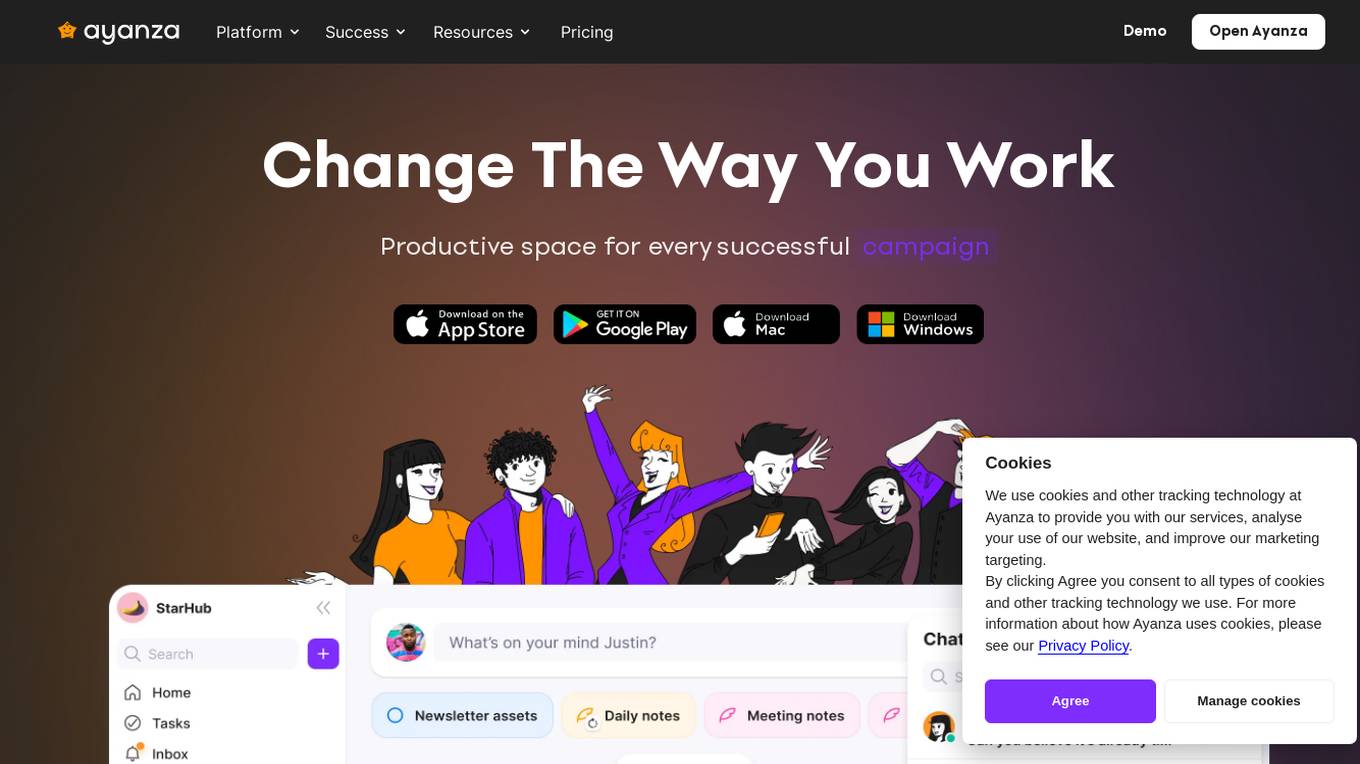
Ayanza Platform
Ayanza Platform is a collaborative project management software designed to enhance team productivity and success. It provides a productive space for organizations to align objectives, manage projects, optimize workflows, and journal work experiences. The platform offers subscription packages with features like tasks management, notes, wiki, chat, and integrations. Additionally, it includes AI assistants powered by GPT-3.5 and GPT-4 for advanced support. Users can choose from different plans based on their needs, with options for free, premium, and enterprise levels.
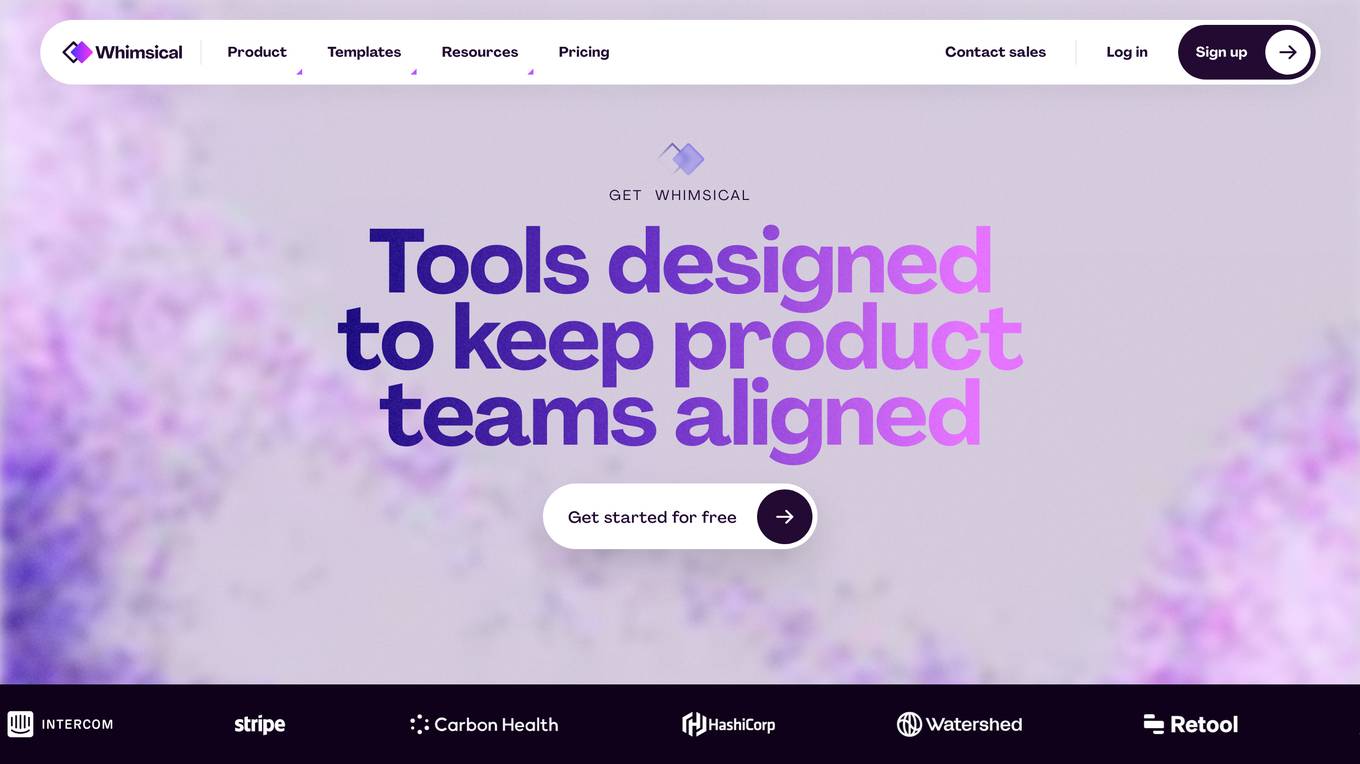
Whimsical
Whimsical is an all-in-one workspace that unites teams, tasks, and tools in one place. It offers integrated project spaces for tasks, documents, and communication, infinite canvas for diagrams and wireframes, clutter-free docs for team alignment, and mindful team communication. Whimsical helps achieve high levels of focus, productivity, and calm while maintaining a high quality of life. It is trusted by millions and provides a single shared space for ideas, docs, and projects, making work feel calm and focused.
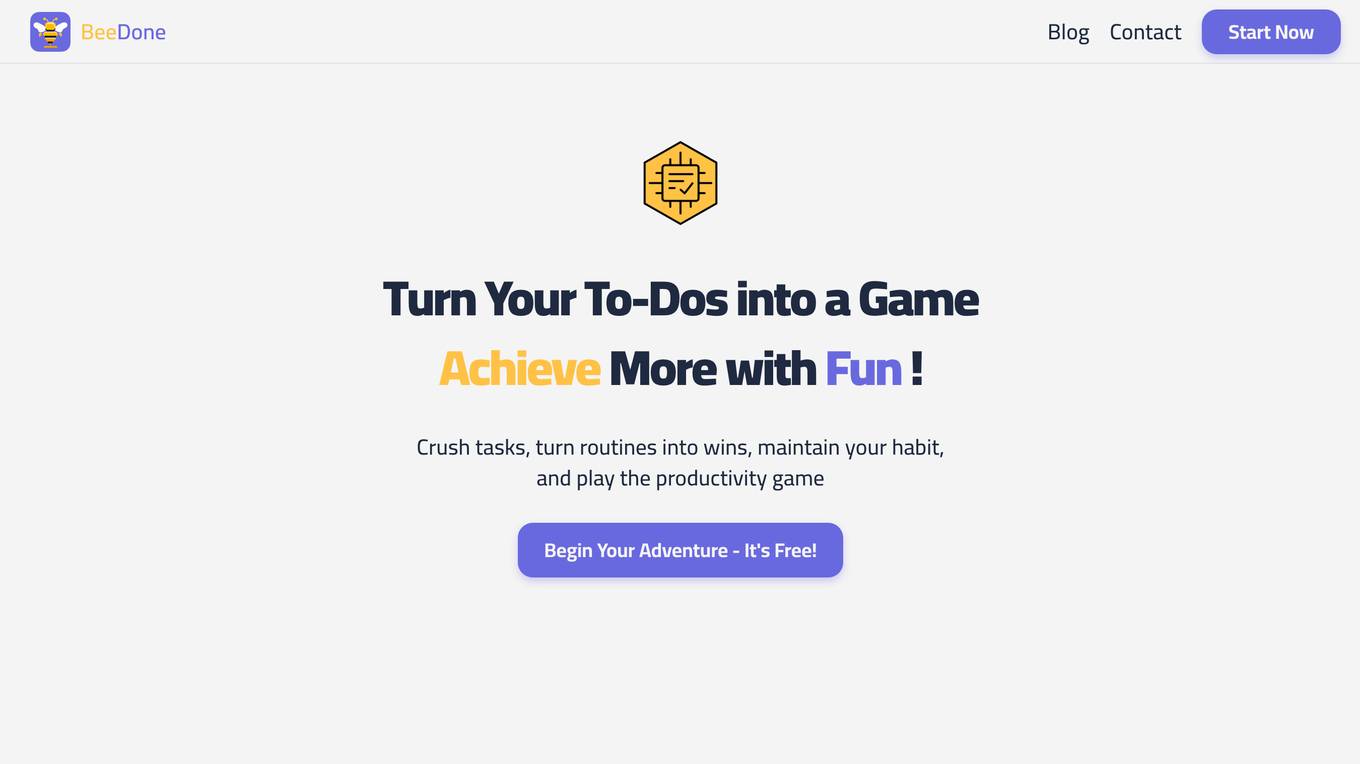
BeeDone
BeeDone is a gamified AI daily planner application designed to help users crush tasks, turn routines into wins, maintain habits, and enhance productivity. The app offers a range of features such as flexible habit tailoring, smart todo lists, automatic routine personalization, great focus enhancement, task splitting, smart organization, task roulette, Eisen Flow prioritization, strong habit formation, auto task classification, easy delegation, and guided breathing exercises. BeeDone aims to simplify life effortlessly, inspire users, reduce stress, and boost productivity by providing a personalized task management experience. The application offers both freemium and premium subscription options, with the premium plan granting access to additional productivity hacks and community features.

Boomerang for Gmail
Boomerang for Gmail is a meeting scheduling and email management tool that helps you save time and be more productive. With Boomerang, you can schedule emails to be sent later, set reminders to follow up on messages, and pause your inbox to avoid distractions. Boomerang also includes a number of AI-powered features, such as Respondable, which helps you write better emails, and Inbox Pause, which helps you manage your email flow more effectively.
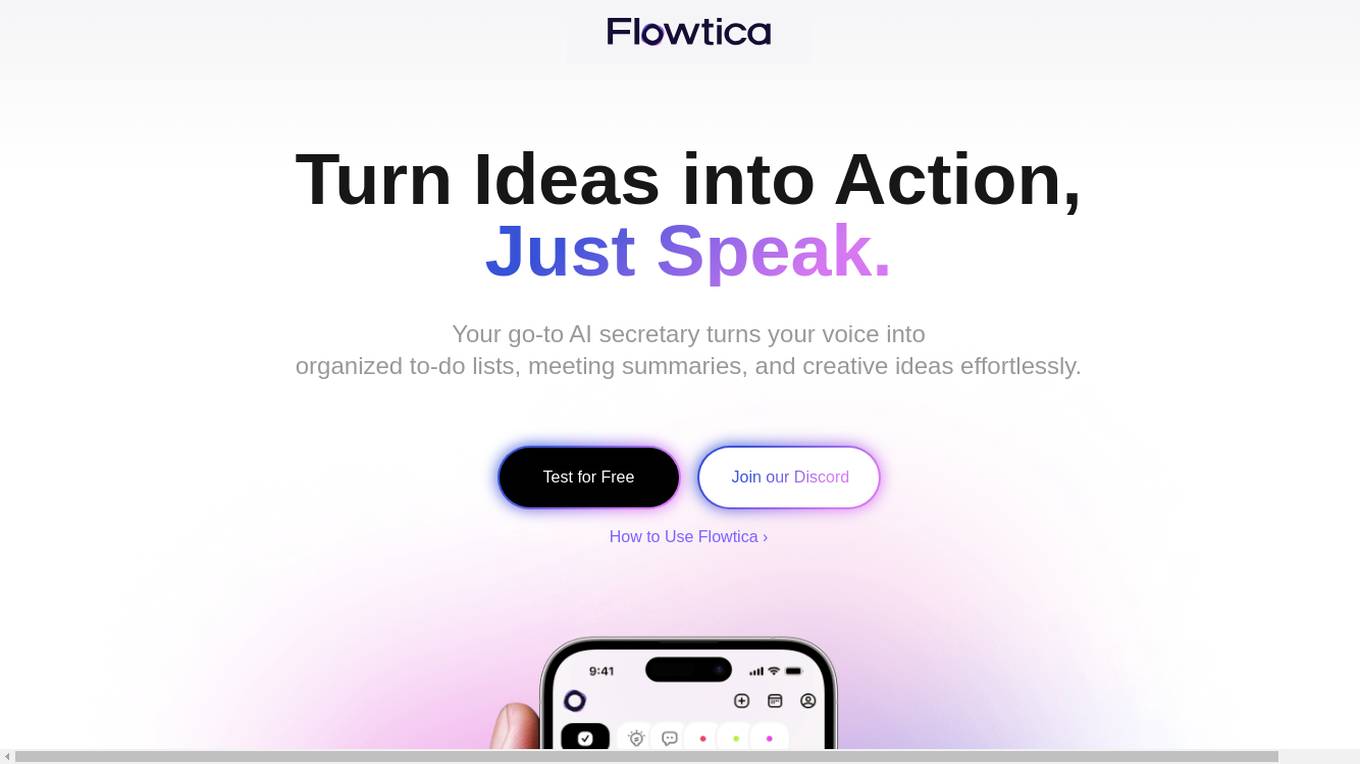
Flowtica
Flowtica is an AI-powered productivity tool that transforms spoken ideas into actionable tasks, meeting summaries, and creative notes effortlessly. With features like Smart Category organization, hands-free agenda management, and seamless integration with iPhone calendars, Flowtica helps users stay organized and focused. Users can capture inspiration on the go, turn meeting highlights into clear summaries, and sync data across devices for easy access. Join the beta testing on TestFlight to explore its features and contribute feedback for exciting rewards.
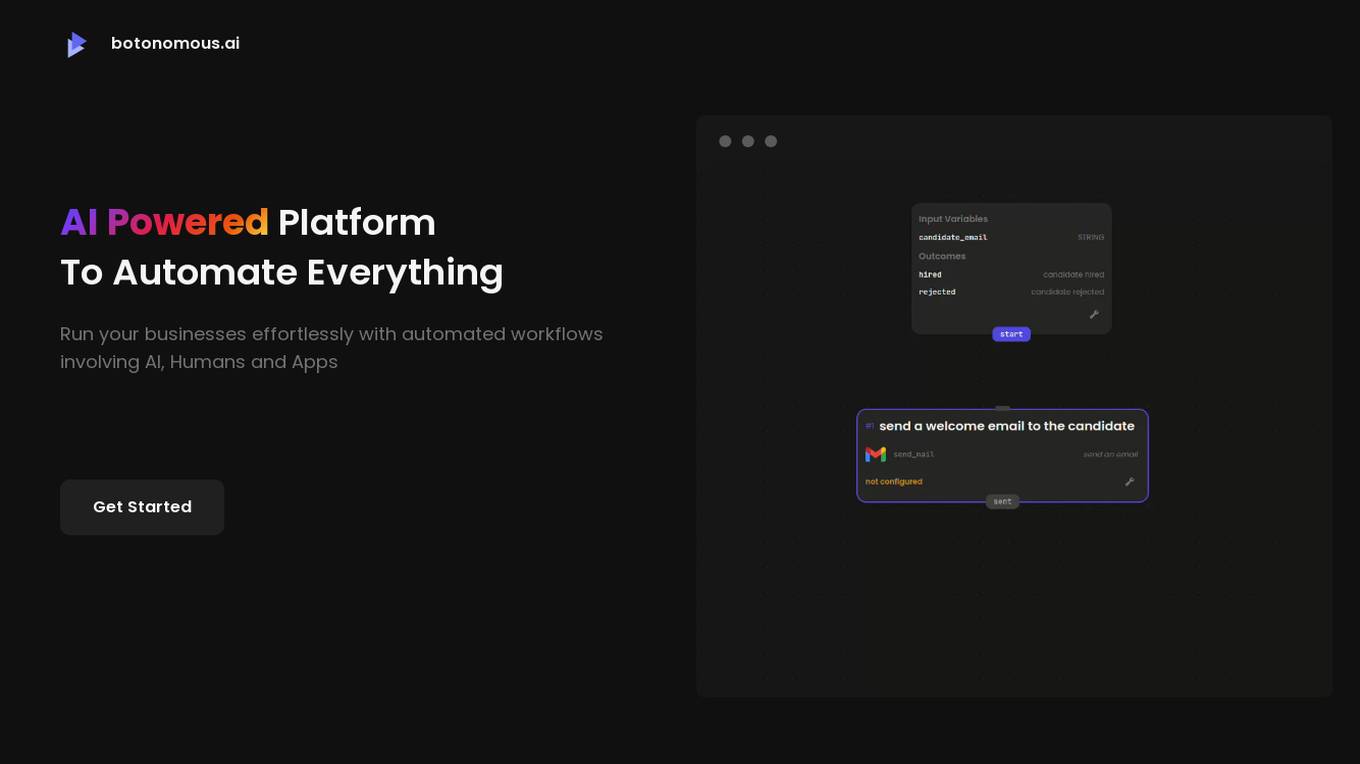
Botonomous
Botonomous is an AI-powered platform that helps businesses automate their workflows. With Botonomous, you can create advanced automations for any domain, check your flows for potential errors before running them, run multiple nodes concurrently without waiting for the completion of the previous step, create complex, non-linear flows with no-code, and design human interactions to participate in your automations. Botonomous also offers a variety of other features, such as webhooks, scheduled triggers, secure secret management, and a developer community.
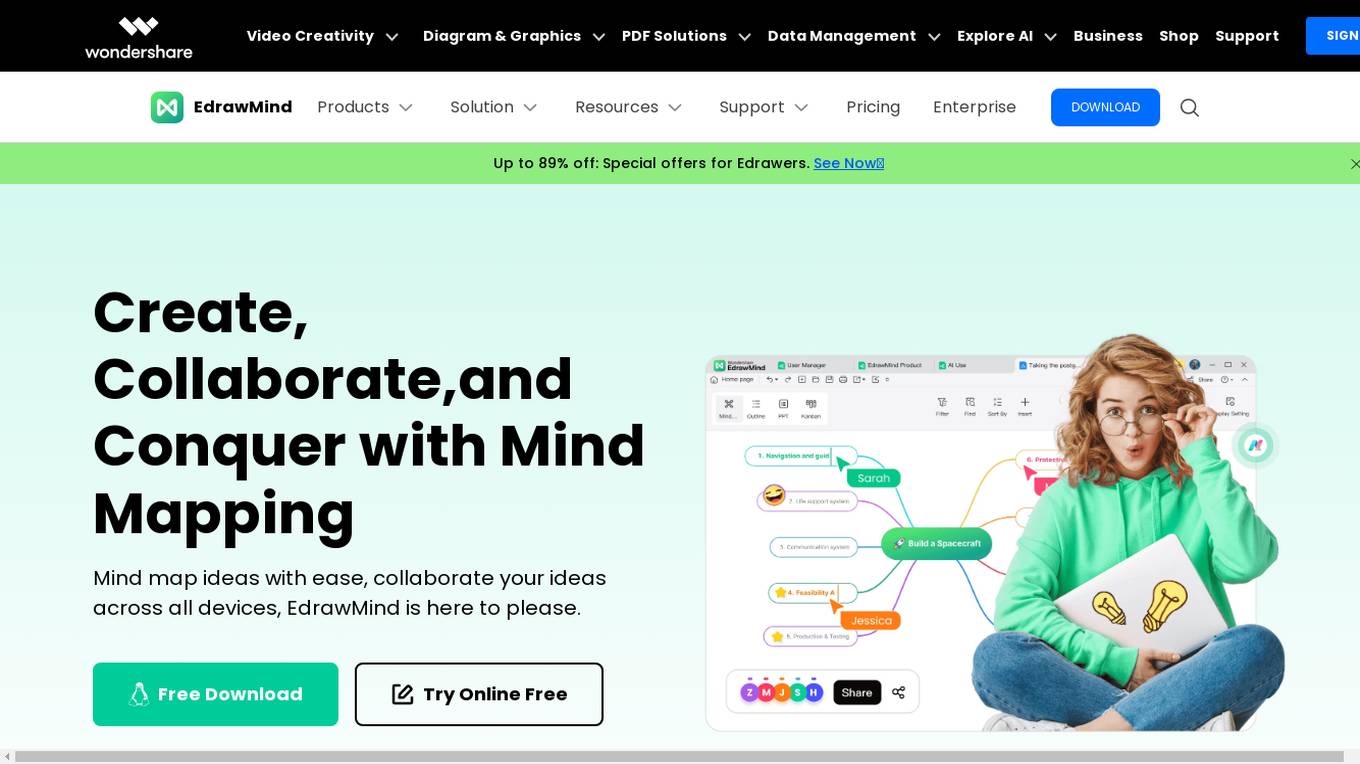
EdrawMind
EdrawMind is a mind mapping software that helps users to organize their ideas, collaborate with others, and create presentations. It offers a variety of features, including the ability to create mind maps, timelines, tree charts, and bubble maps. EdrawMind also includes a number of AI-powered features, such as AI One-Click Mind Map Creation, AI SWOT Analysis, and AI Brainstorming. These features can help users to quickly and easily create mind maps, generate creative ideas, and improve their productivity.
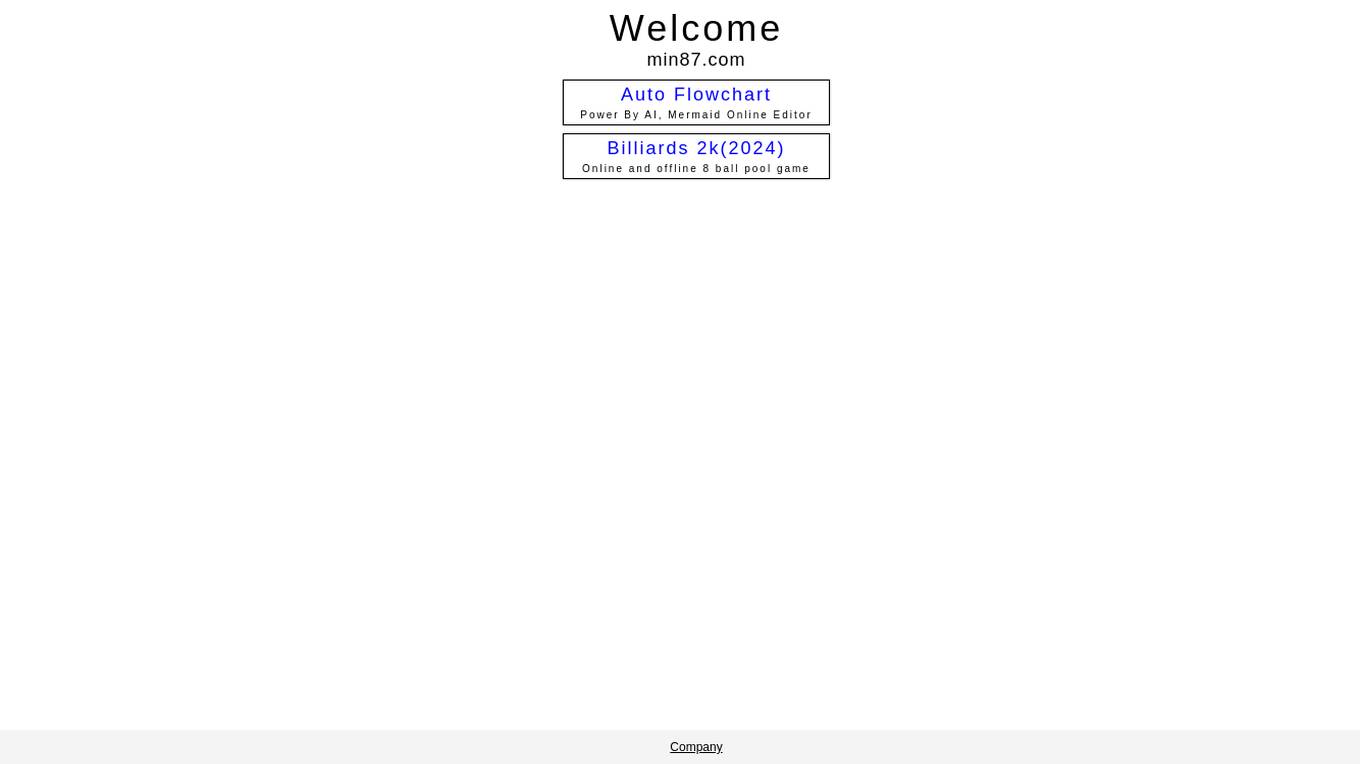
Min87
Min87 is an AI-powered website that offers various features such as Auto Flowchart and Mermaid Online Editor. It also provides an online and offline 8 ball pool game called Billiards 2k(2024). The site combines AI technology with interactive tools to enhance user experience and productivity.
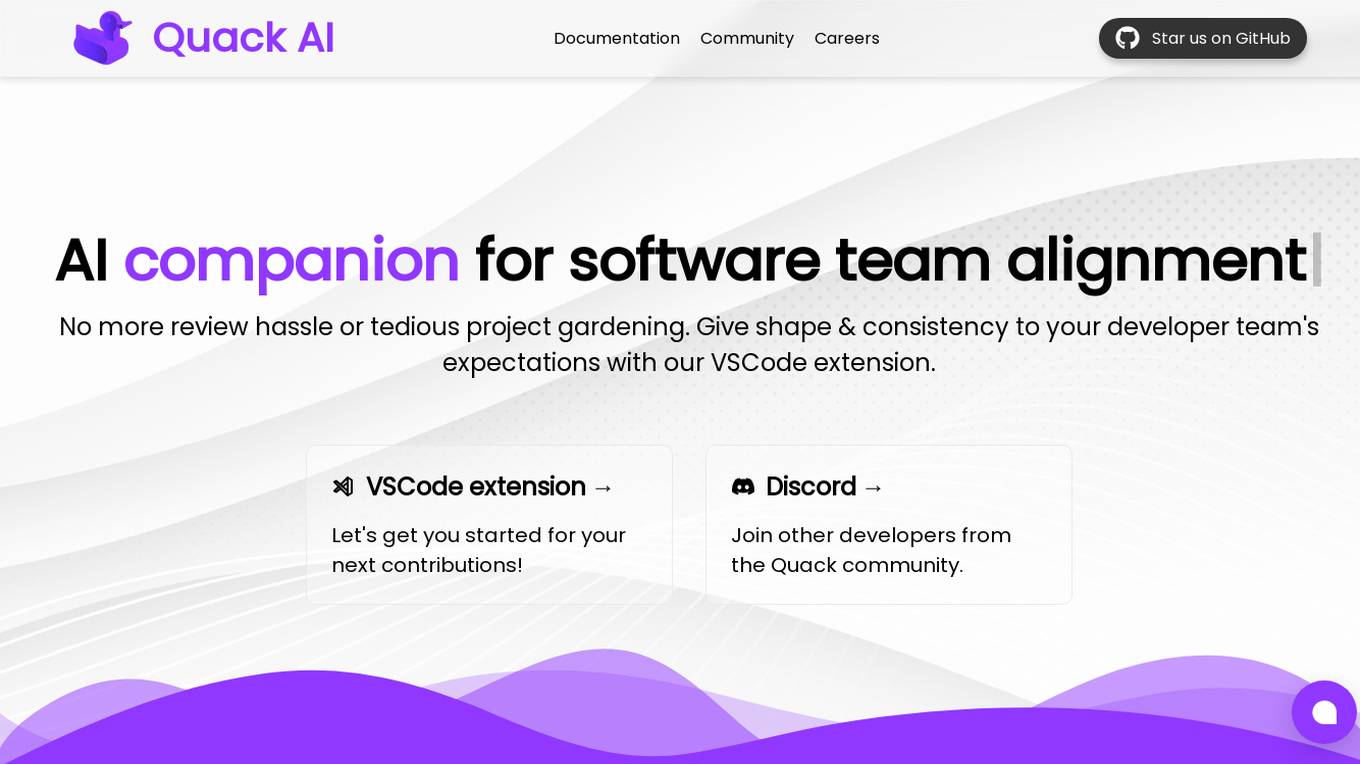
Quack AI
Quack AI is a software tool designed to assist software development teams in aligning their expectations and improving their contribution flow. It offers a VSCode extension that helps in shaping and maintaining consistency within developer teams. The tool provides guideline curation, contribution assistance, and failure analysis & iteration to streamline the development process. Quack AI is developed by Quack Labs, Inc., aiming to simplify the review process and enhance project management for software teams.
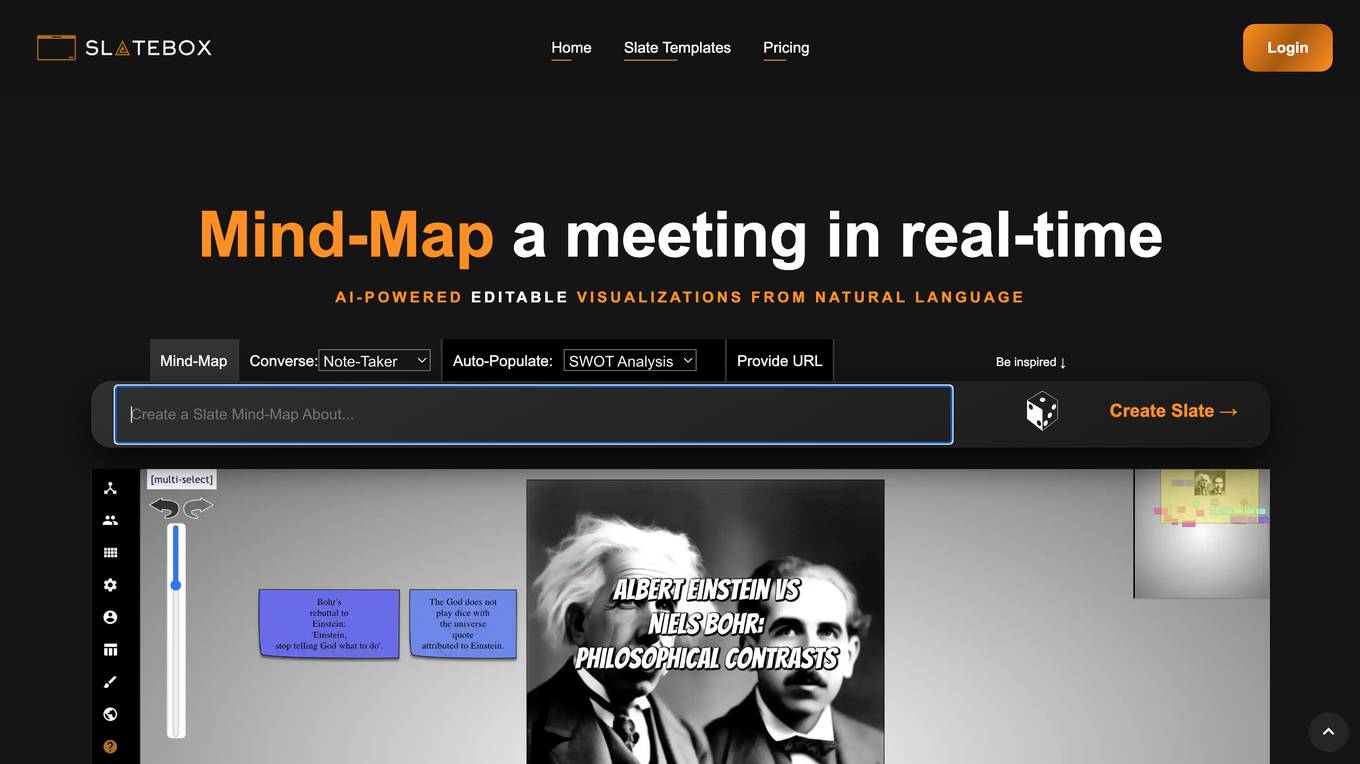
Slatebox
Slatebox is an AI-powered visualization platform that allows users to create editable visualizations from natural language. With Slatebox, users can create mind maps, flowcharts, diagrams, and more, simply by providing a text prompt or URL. Slatebox also offers a variety of templates and features to help users get started, including real-time collaboration, auto-population, and API integration.
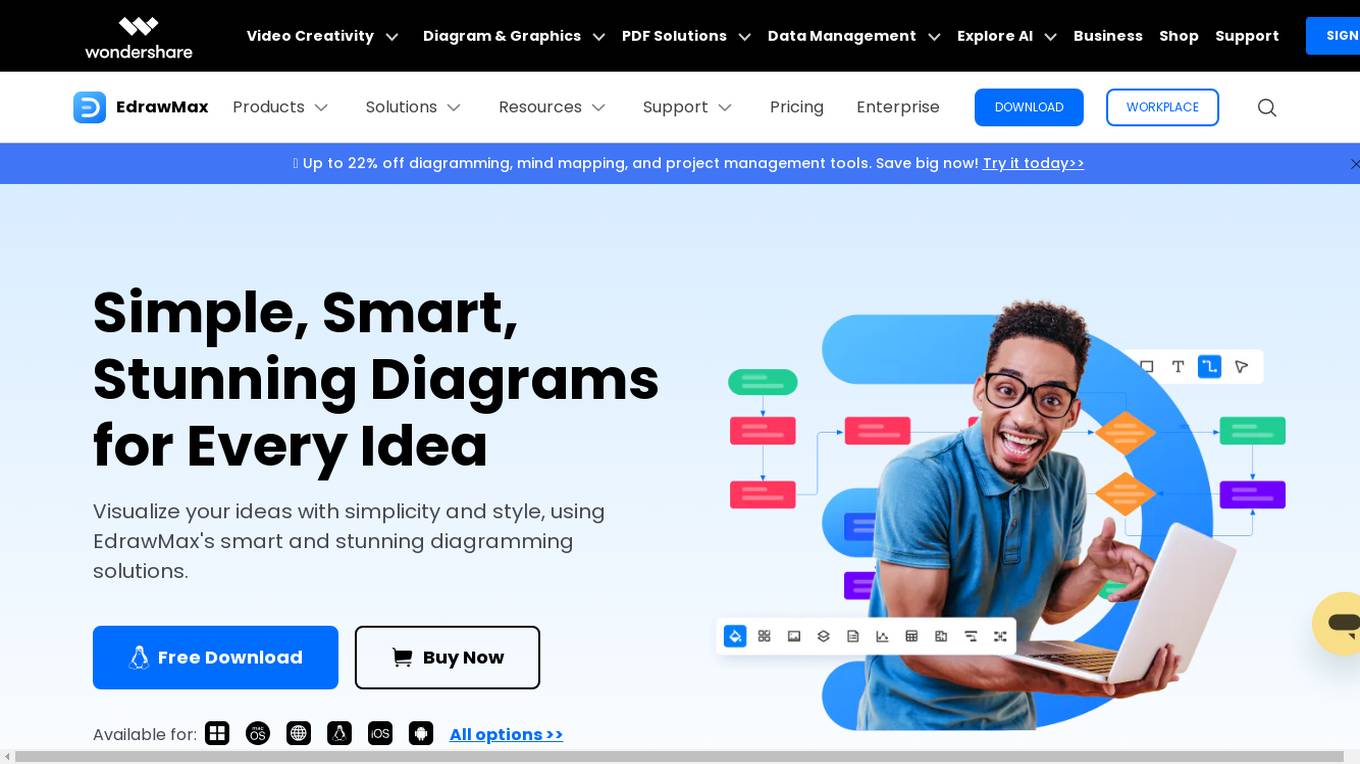
EdrawMax
EdrawMax is a diagramming software that uses AI to help users create stunning diagrams. It has a wide range of features, including smart containers, Boolean operations, a customizable symbol library, data import and export, and presentation mode. EdrawMax is available for Windows, Mac, Linux, iOS, and Android, and it offers a variety of templates to help users get started. With its powerful features and ease of use, EdrawMax is a great choice for anyone who needs to create diagrams.
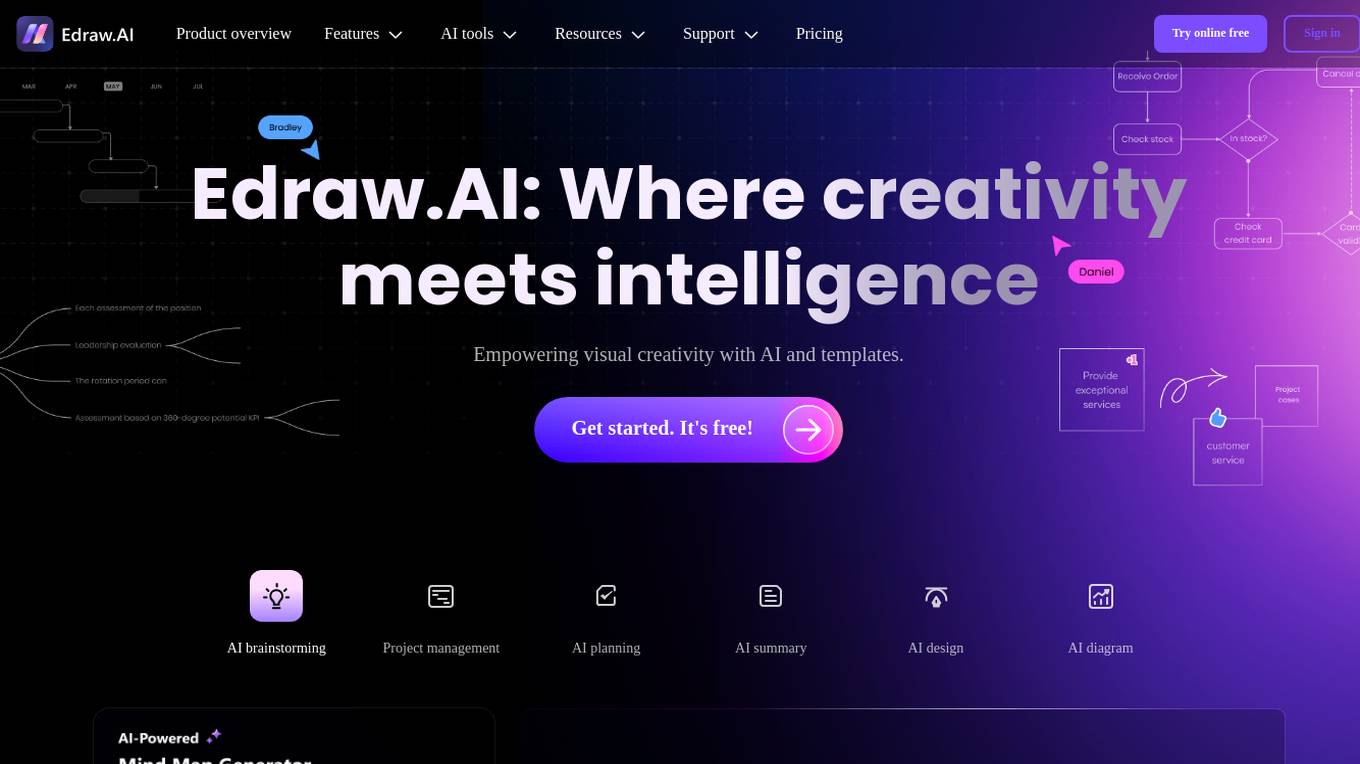
Edraw.AI
Edraw.AI is an AI-powered visual collaboration platform that empowers users to create various types of content including diagrams, charts, and presentations in seconds. It offers a wide range of features such as flowchart maker, mind map maker, org chart maker, and more. With a beginner-friendly interface and vast resources, Edraw.AI enables real-time collaboration and teamwork without the need for downloads. It caters to different industries like project management, research, engineering, marketing, consulting, education, and IT, providing tools for enhanced visualization, planning, and communication.
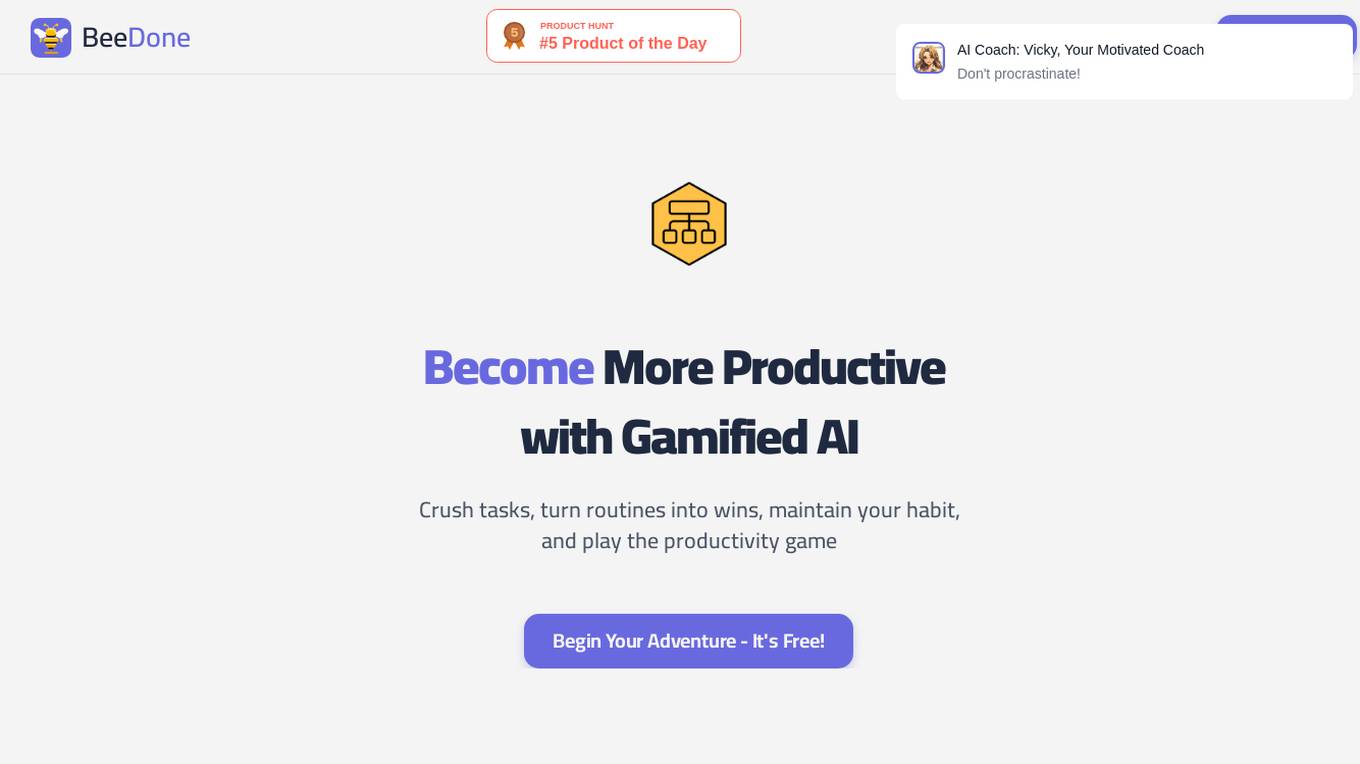
BeeDone
BeeDone is a gamified AI daily planner application designed to help users crush tasks, turn routines into wins, maintain habits, and enhance productivity. It offers a range of features such as flexible habit tailoring, smart todo list customization, automatic routine personalization, great focus timer, task splitting, smart organizer, task roulette, Eisen Flow prioritizer, strong habit formation, auto task classification, easy delegation, and guided breathing exercises. Users can choose between a freemium or premium subscription model to access additional features and productivity hacks. BeeDone has received positive feedback from users for its adaptability, automation, and intuitive design, making it a valuable tool for personal and professional task management.
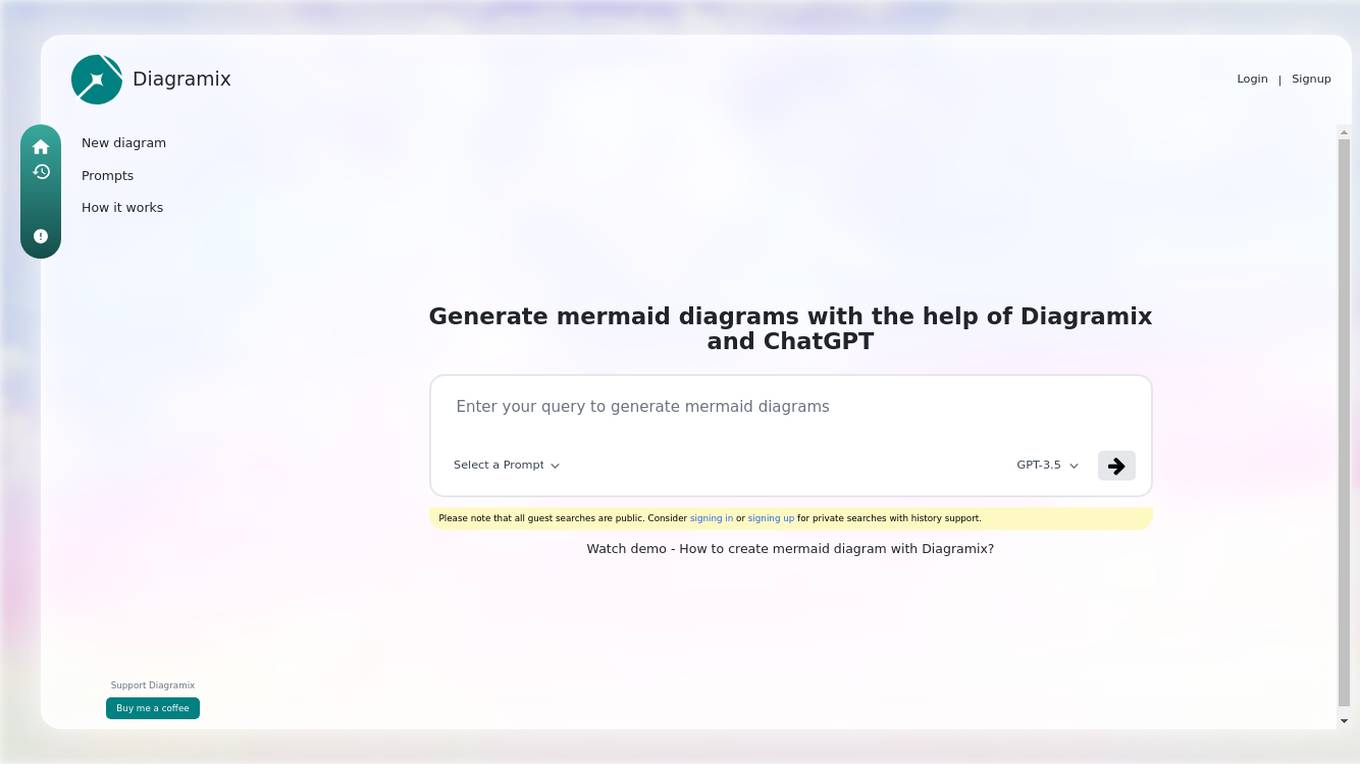
Diagramix
Diagramix is an AI-powered tool that allows users to generate various types of diagrams, such as sequence diagrams, flowcharts, state diagrams, ER diagrams, user journey diagrams, class diagrams, mind maps, and use case diagrams. Users can create these diagrams easily and efficiently with the help of Diagramix and ChatGPT. The tool provides a user-friendly interface for creating visual representations of complex systems and processes, making it ideal for professionals, students, and anyone who needs to visualize information.
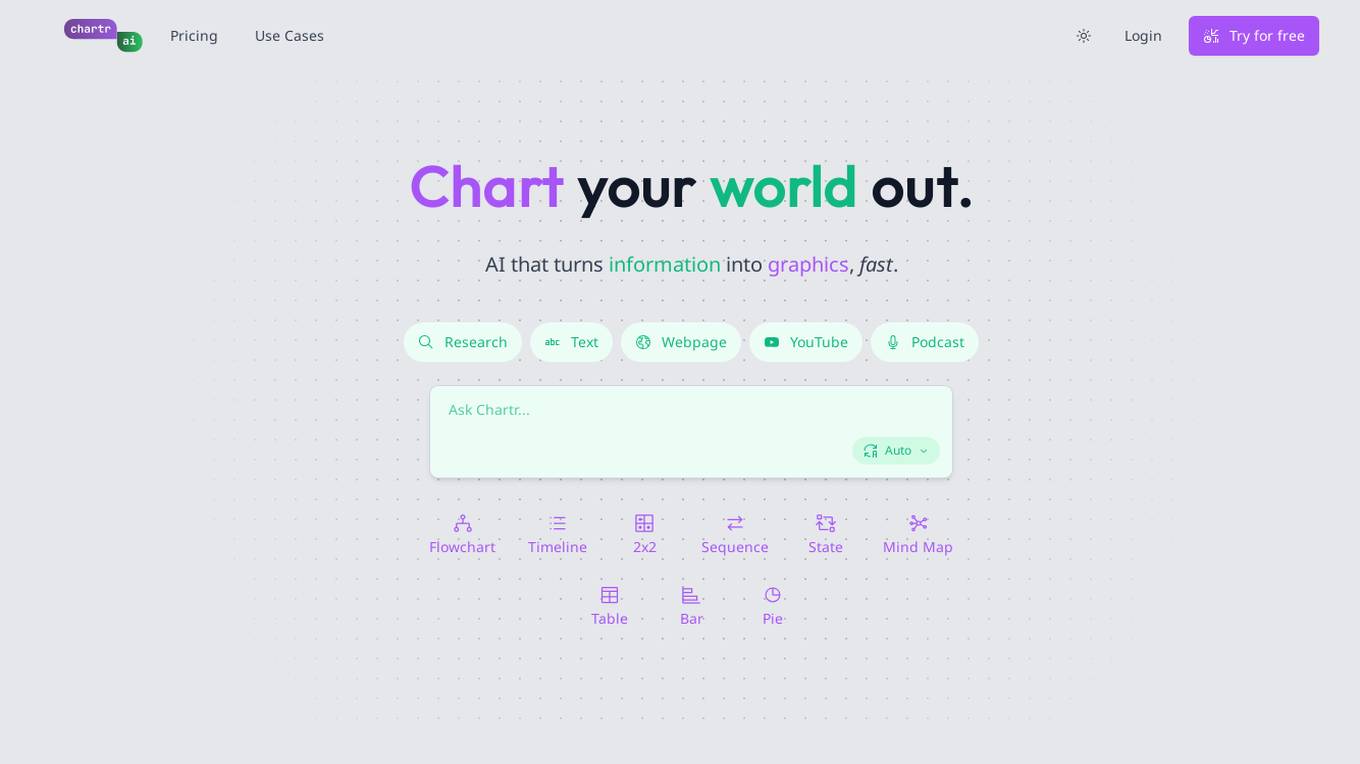
Chartr
Chartr is an AI tool that quickly transforms information into graphics. It offers a user-friendly platform where users can easily create various types of visual representations such as flowcharts, timelines, mind maps, tables, and more. Chartr aims to simplify the process of visualizing data and making it more engaging and understandable for users across different industries.
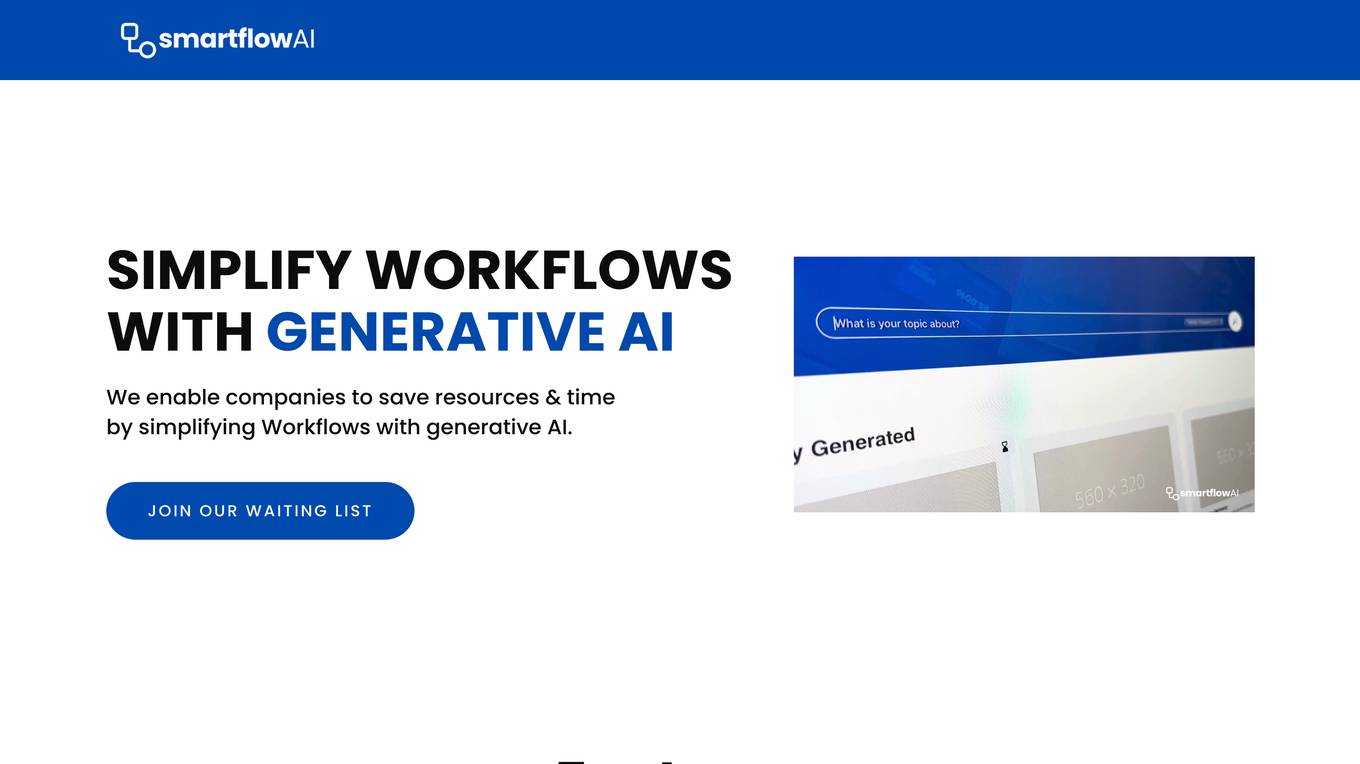
SmartflowAI
SmartflowAI is a platform that helps companies save resources and time by simplifying workflows with generative AI. It offers a variety of pre-built workflows that are aligned with the needs of customers, and uses a complex Generative AI Tech Stack with a range of algorithms, AI models, and Data APIs to combine them into unique intelligent flows.
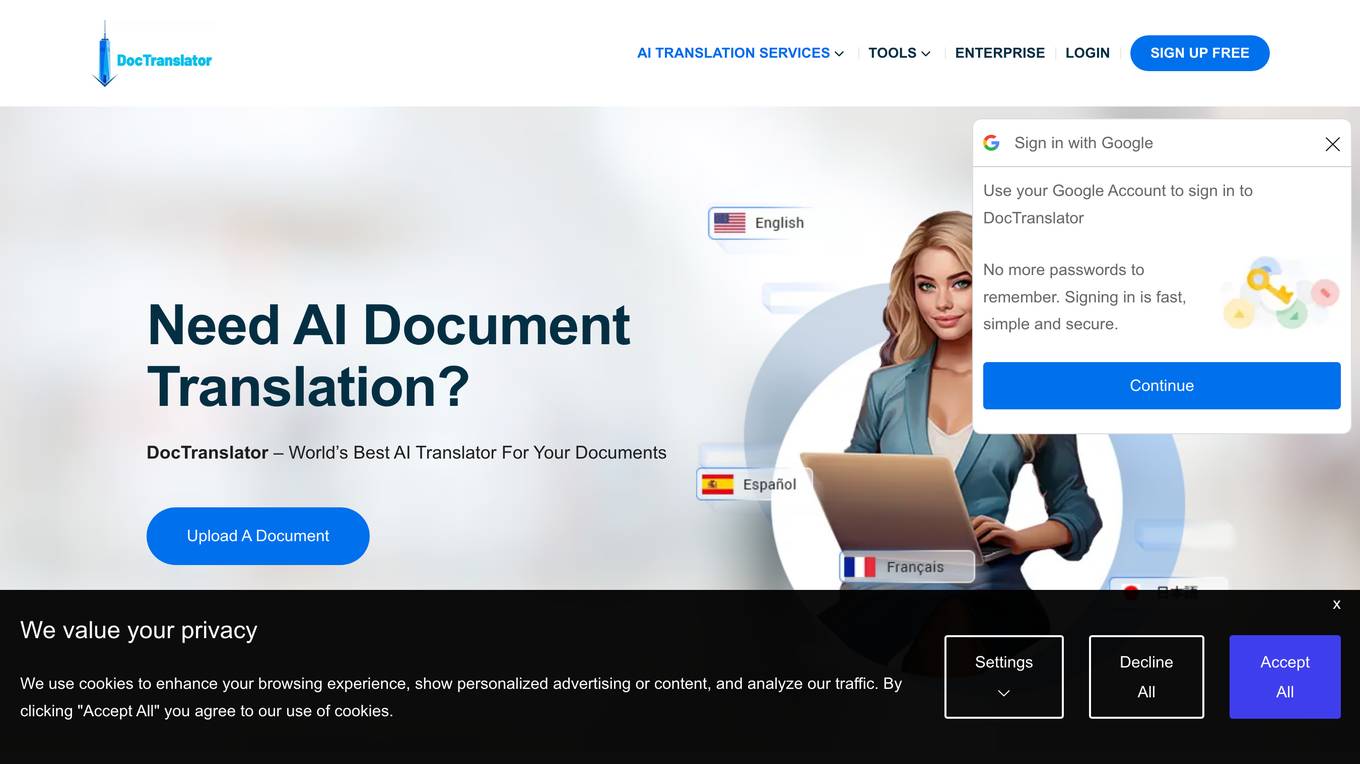
DocTranslator
DOCTRANSLATOR.COM is an AI-powered online document translation platform that offers seamless translation services for various document formats. With support for over 100 languages, the platform ensures accurate and contextually relevant translations while maintaining the natural flow of content. Users can easily upload documents, track translation progress, and receive high-quality translations tailored to their audience. The platform simplifies the translation process, providing status tracking, dedicated support, and a user-friendly experience.
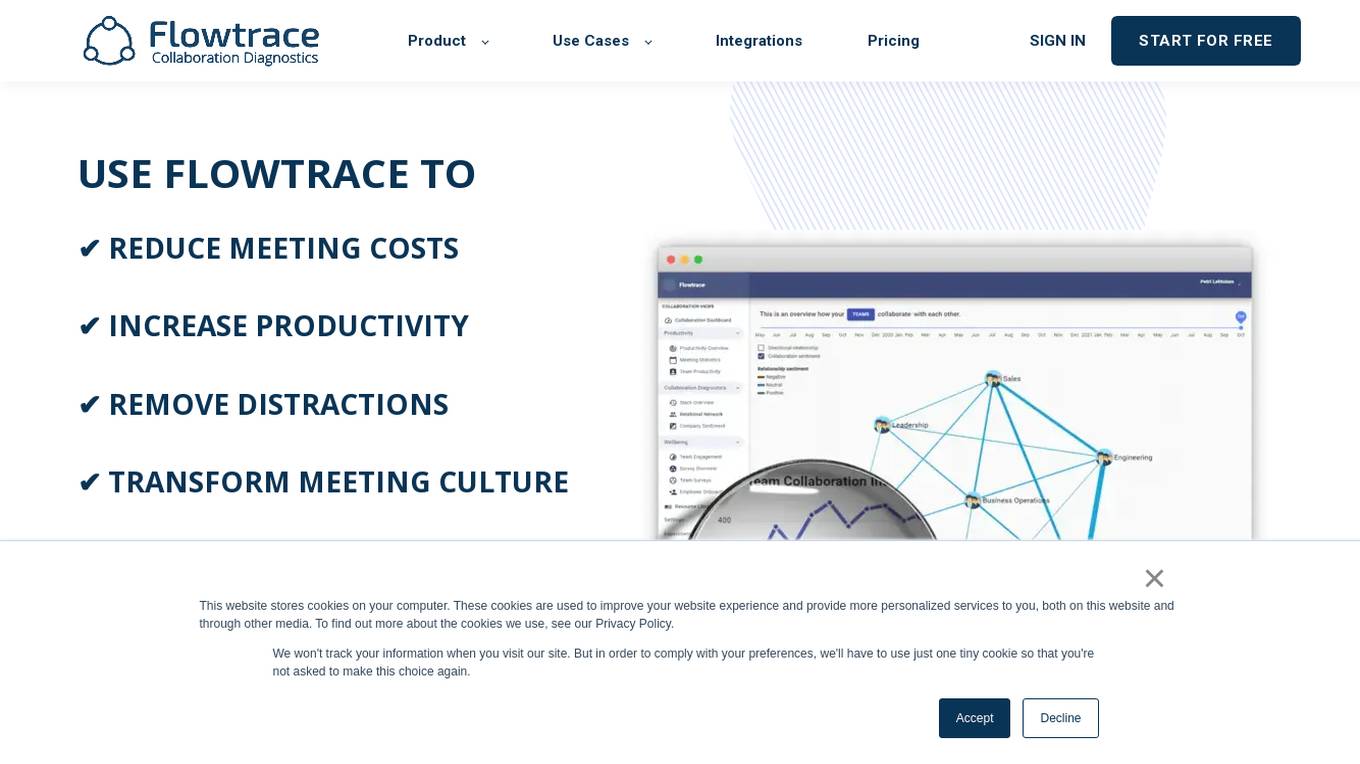
Flowtrace
Flowtrace is an AI-powered Company Analytics Productivity tool that focuses on improving meeting culture, collaboration, and engagement within organizations. It analyzes meeting data to provide actionable recommendations for enhancing team performance and productivity. With features like industry benchmarks, integration with common SaaS tools, and personalized insights, Flowtrace aims to help teams work more efficiently and effectively. The tool helps in reducing meeting costs, increasing productivity, removing distractions, and transforming meeting culture for better decision-making and outcomes.
0 - Open Source AI Tools
20 - OpenAI Gpts
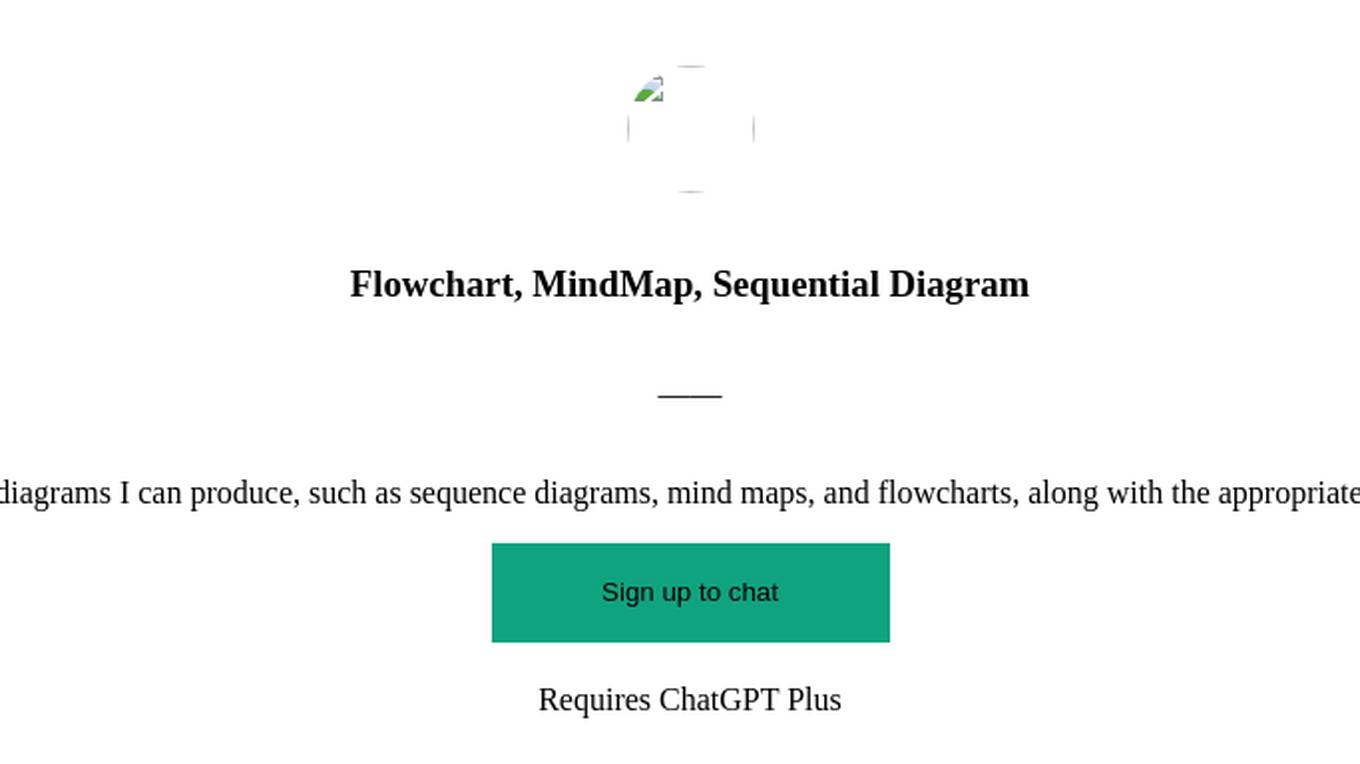
Flowchart, MindMap, Sequential Diagram
The specific types of diagrams I can produce, such as sequence diagrams, mind maps, and flowcharts, along with the appropriate contexts for each type.
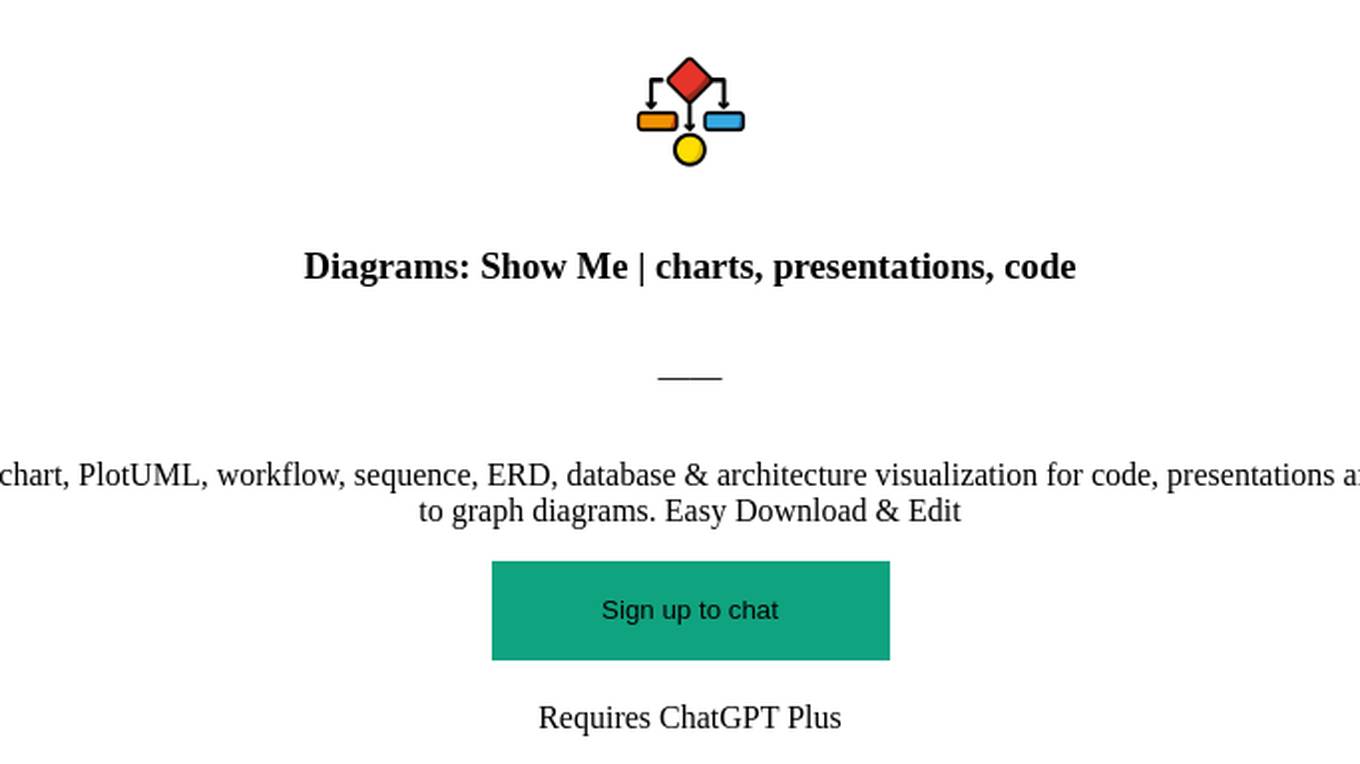
Diagrams: Show Me | charts, presentations, code
Diagram creation: flowcharts, mindmaps, UML, chart, PlotUML, workflow, sequence, ERD, database & architecture visualization for code, presentations and documentation. [New] Add a logo or any image to graph diagrams. Easy Download & Edit
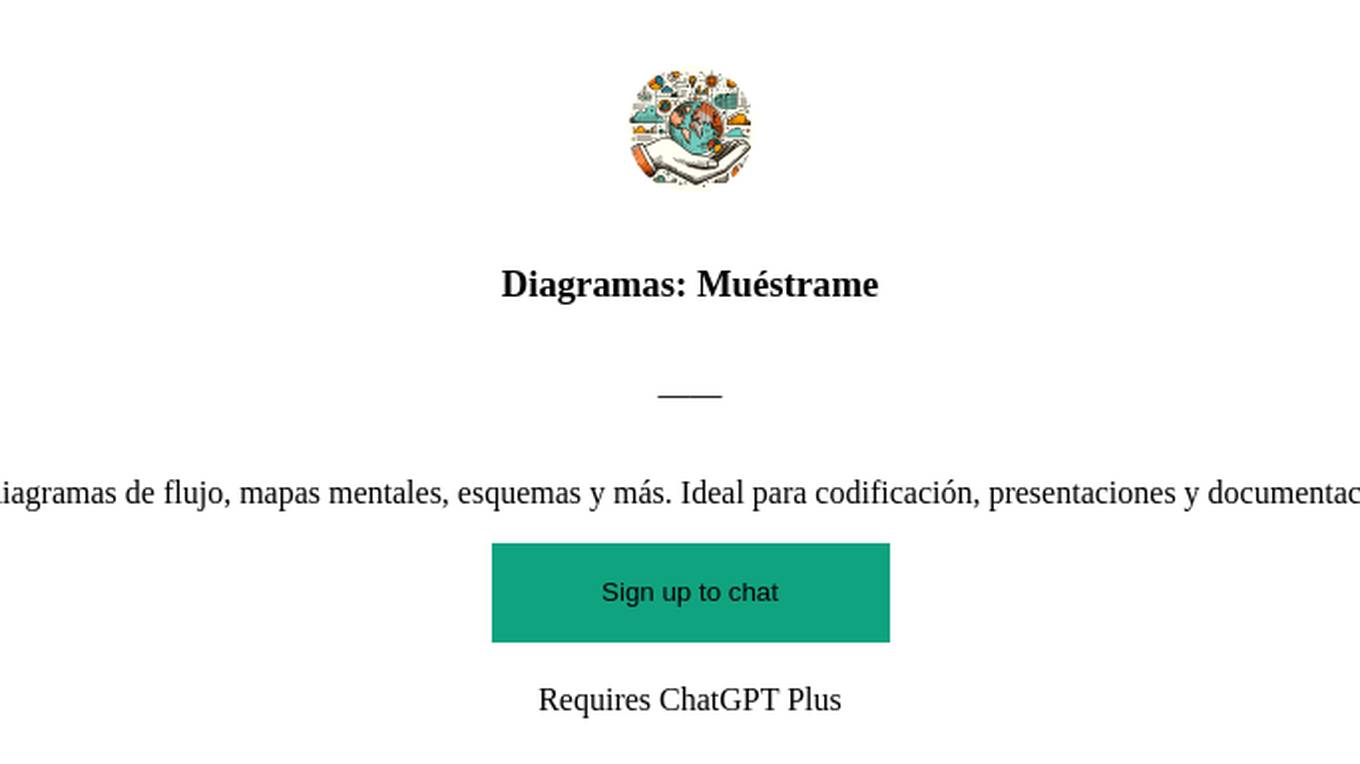
Diagramas: Muéstrame
Cree diagramas, visualizaciones de arquitectura, diagramas de flujo, mapas mentales, esquemas y más. Ideal para codificación, presentaciones y documentación de códigos. ¡Exporta y edita tu diagrama gratis!
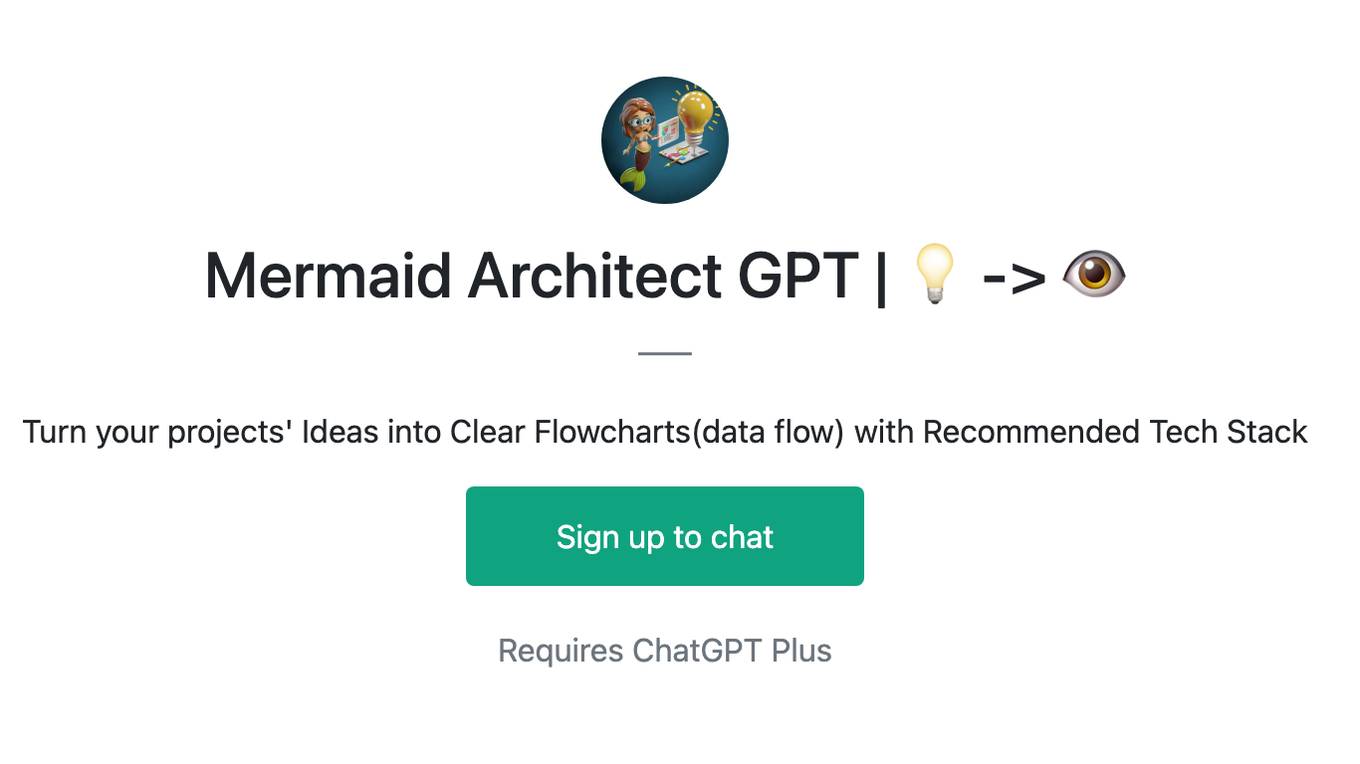
Mermaid Architect GPT | 💡 -> 👁
Turn your projects' Ideas into Clear Flowcharts(data flow) with Recommended Tech Stack
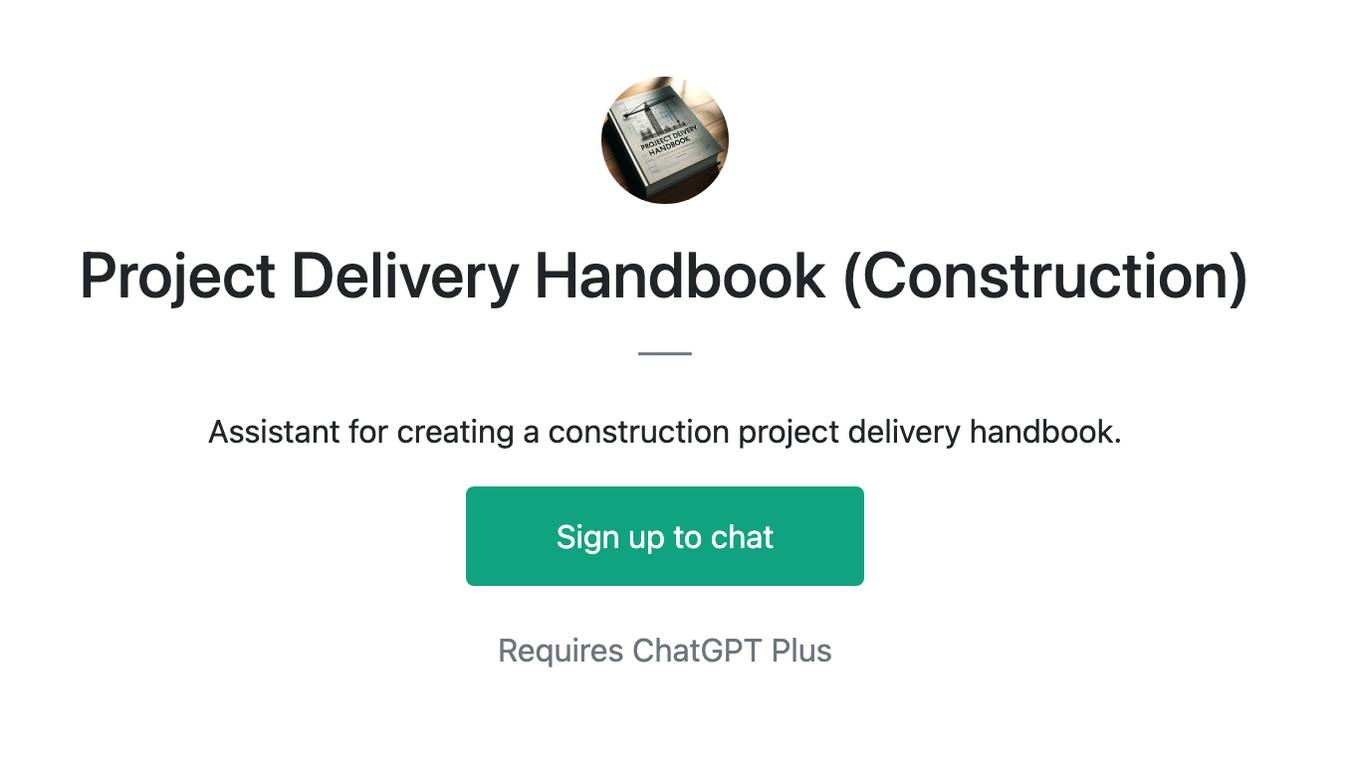
Project Delivery Handbook (Construction)
Assistant for creating a construction project delivery handbook.
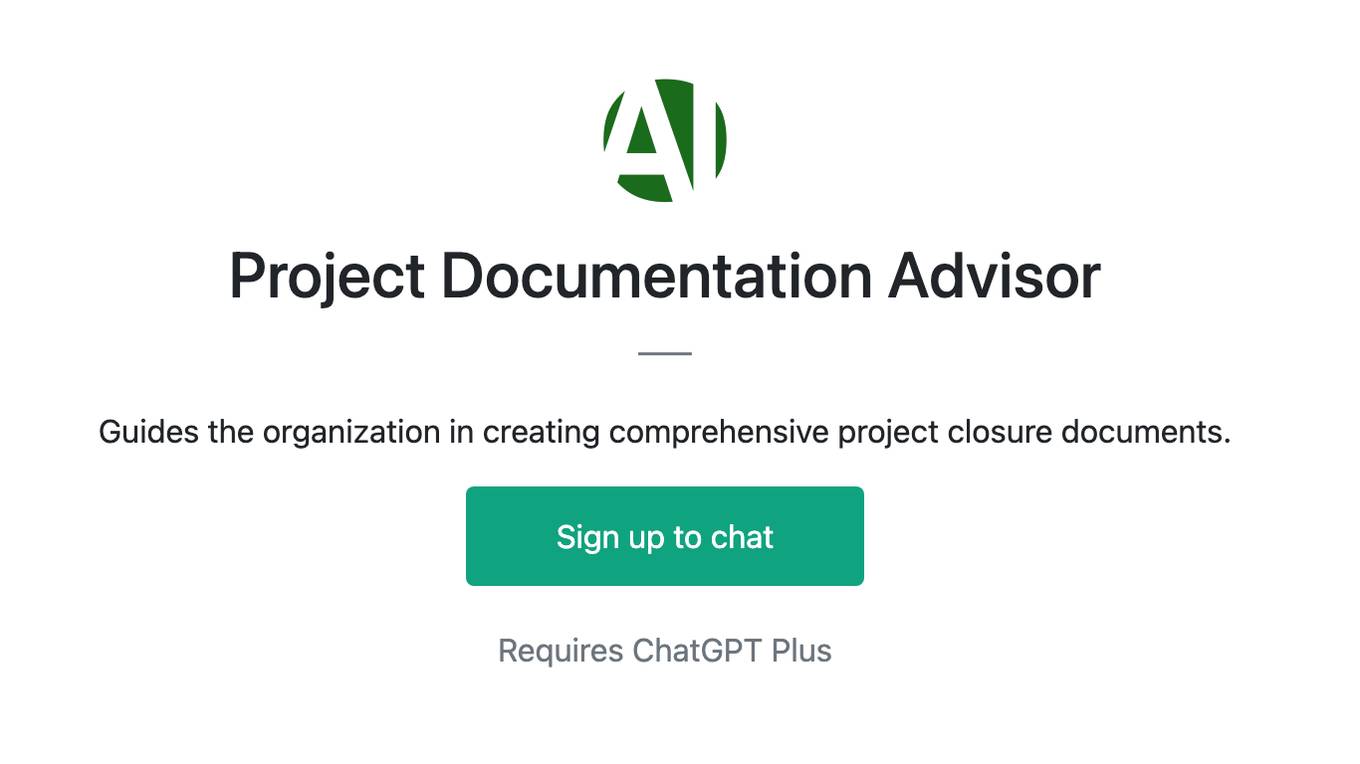
Project Documentation Advisor
Guides the organization in creating comprehensive project closure documents.
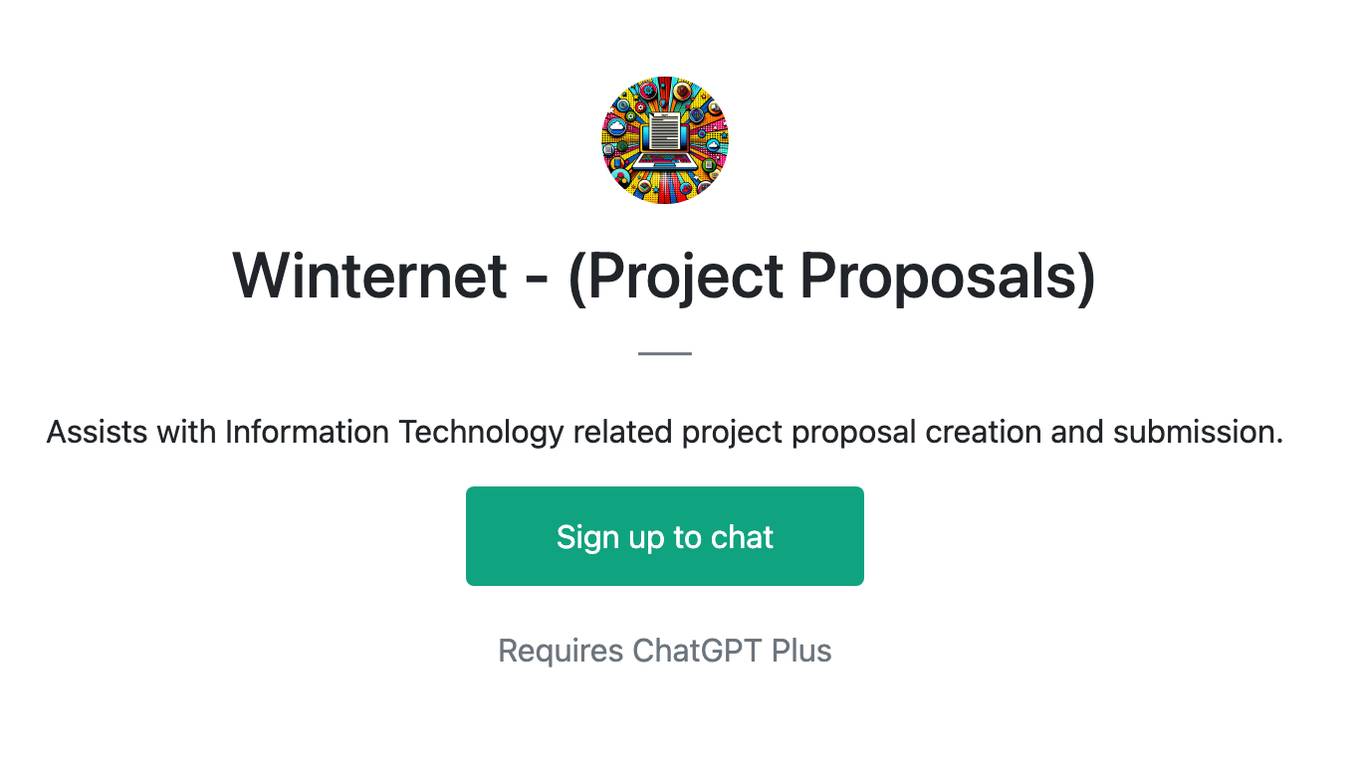
Winternet - (Project Proposals)
Assists with Information Technology related project proposal creation and submission.
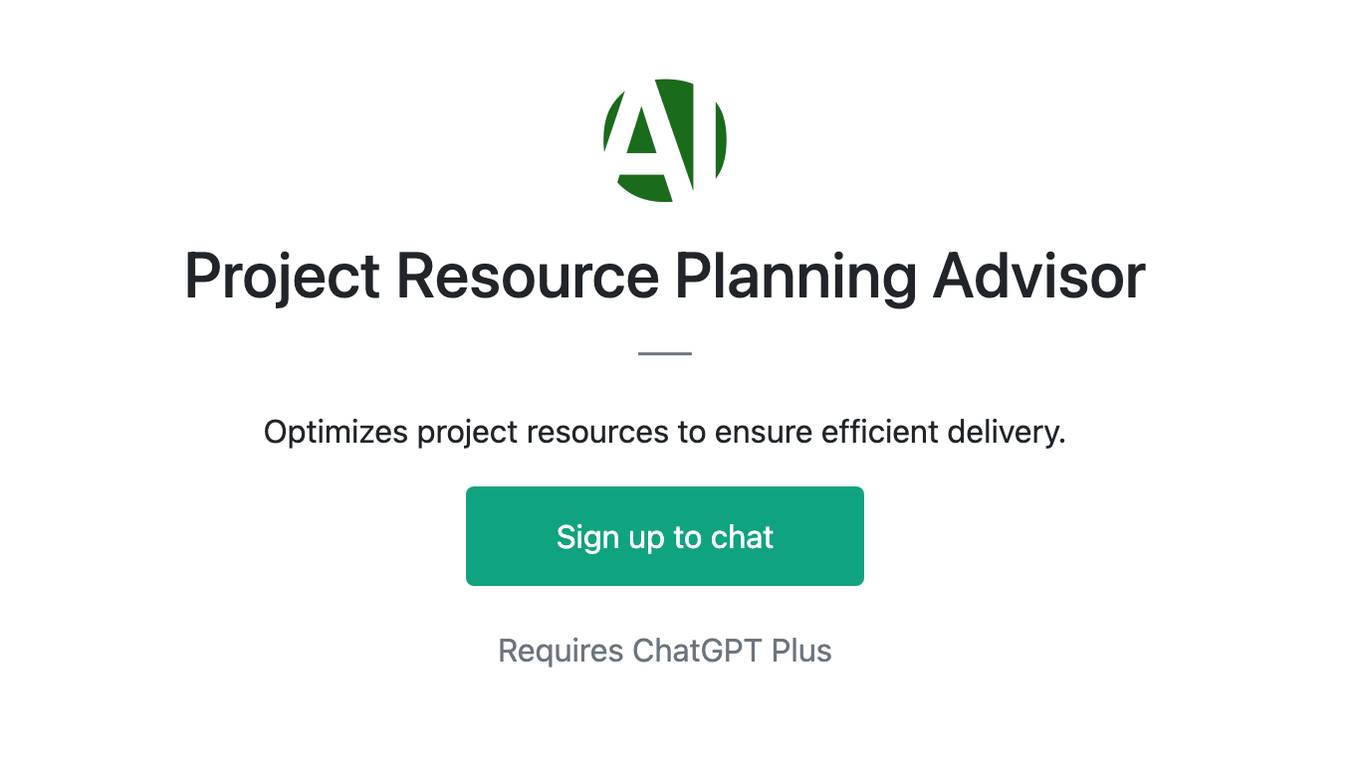
Project Resource Planning Advisor
Optimizes project resources to ensure efficient delivery.
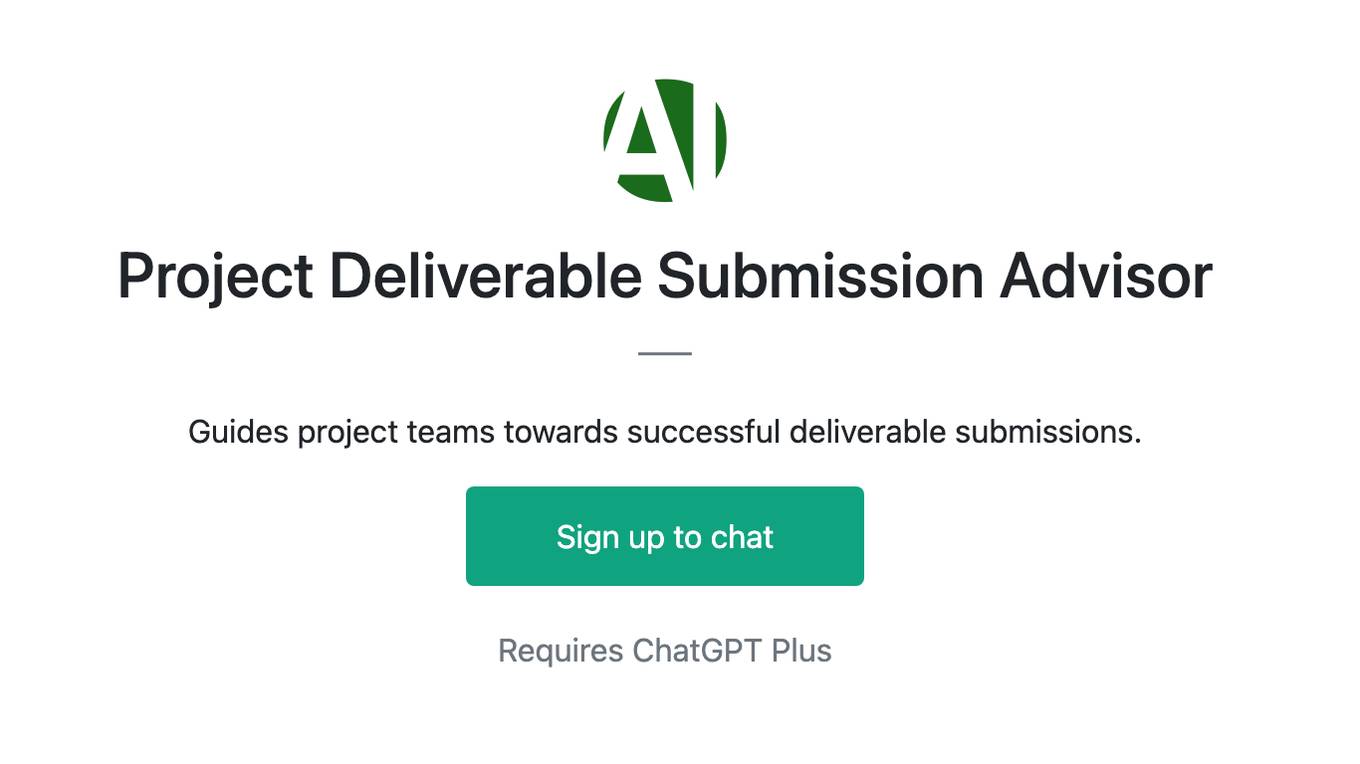
Project Deliverable Submission Advisor
Guides project teams towards successful deliverable submissions.
